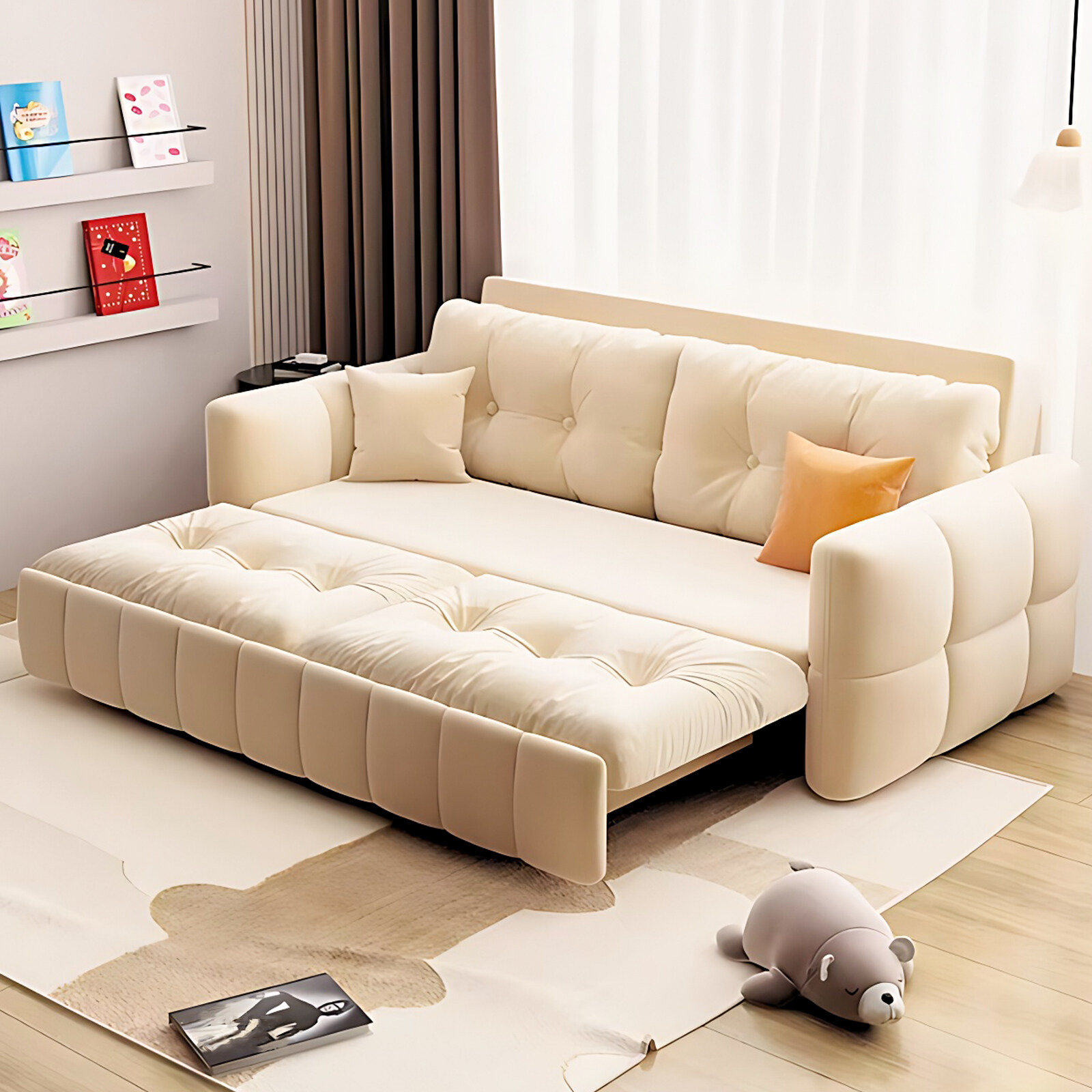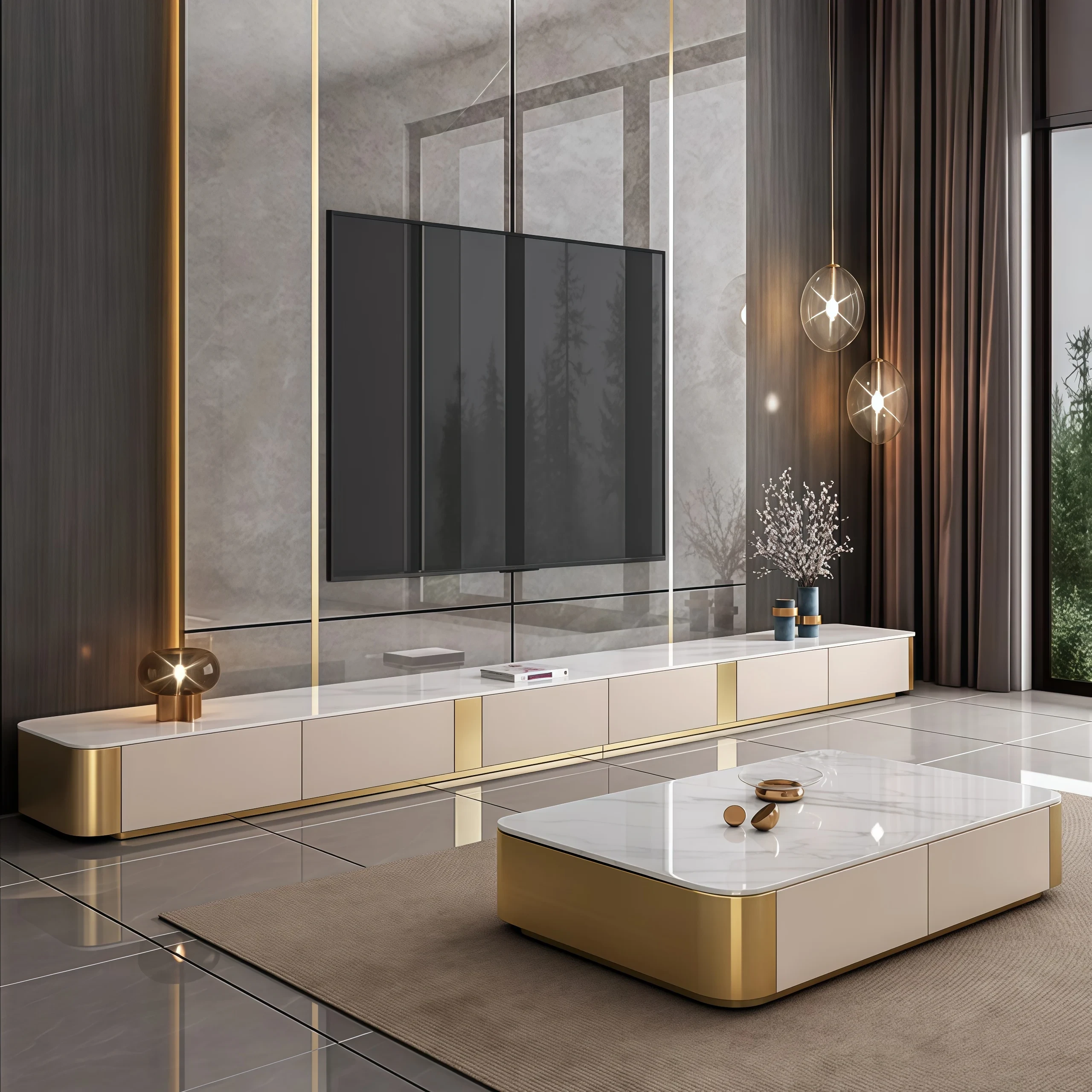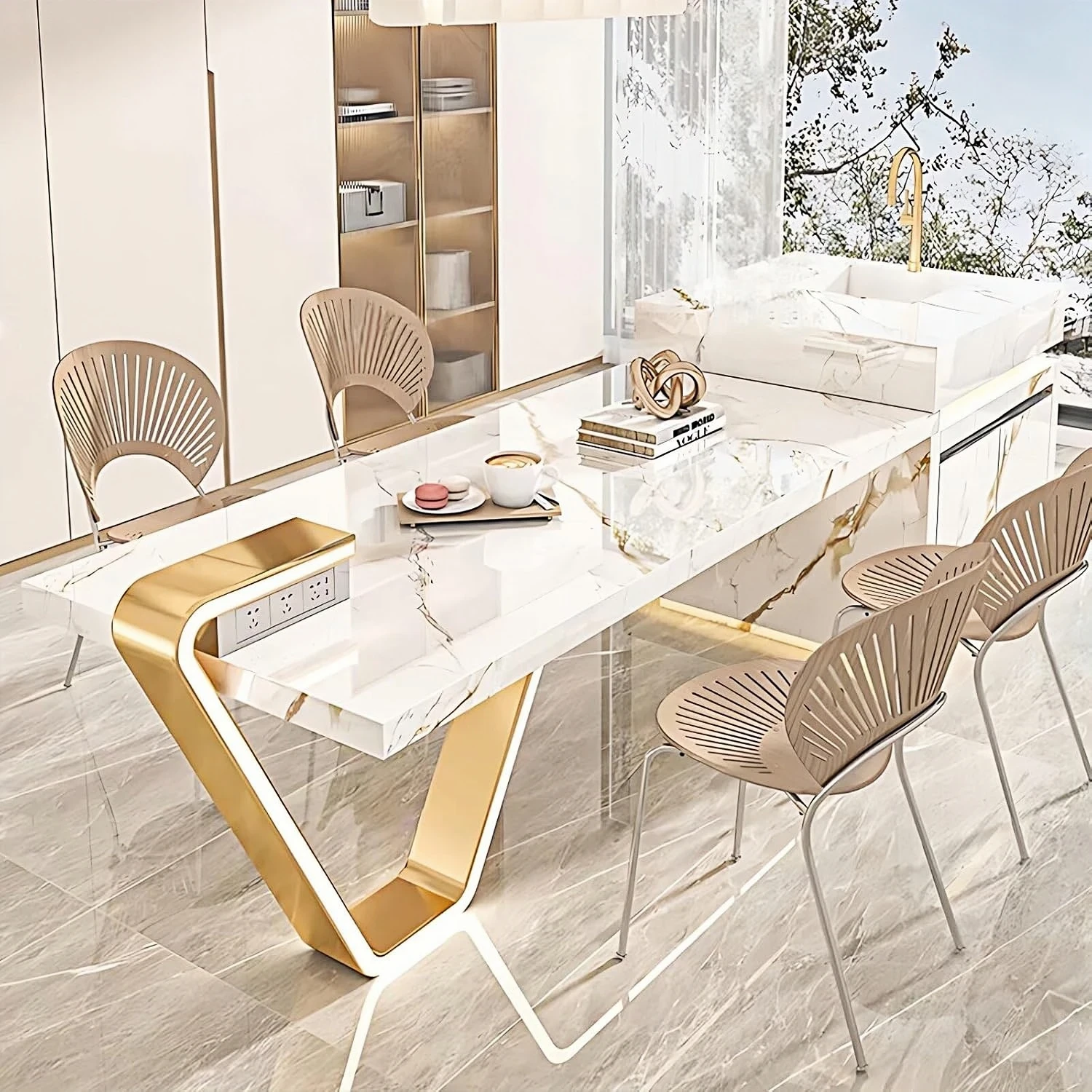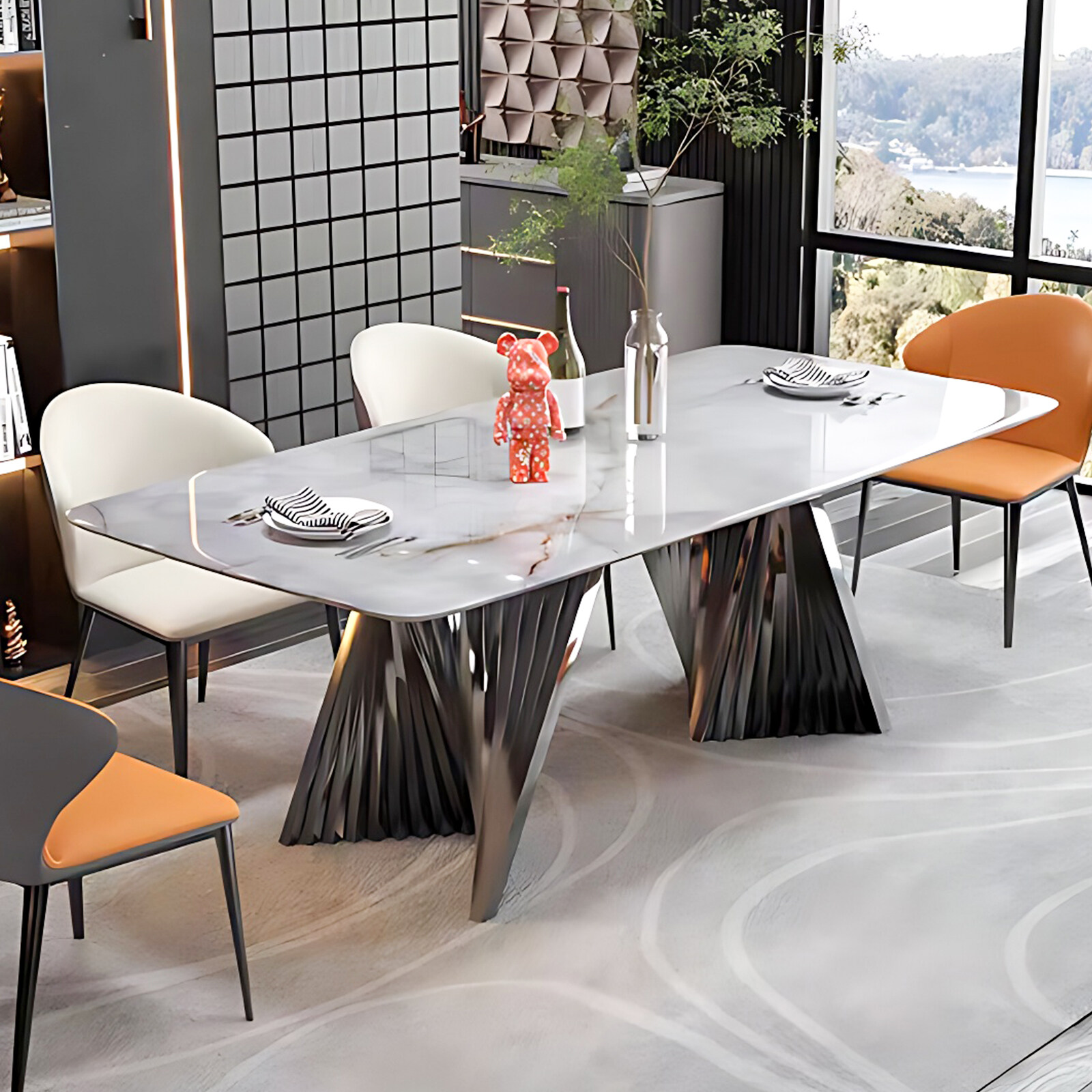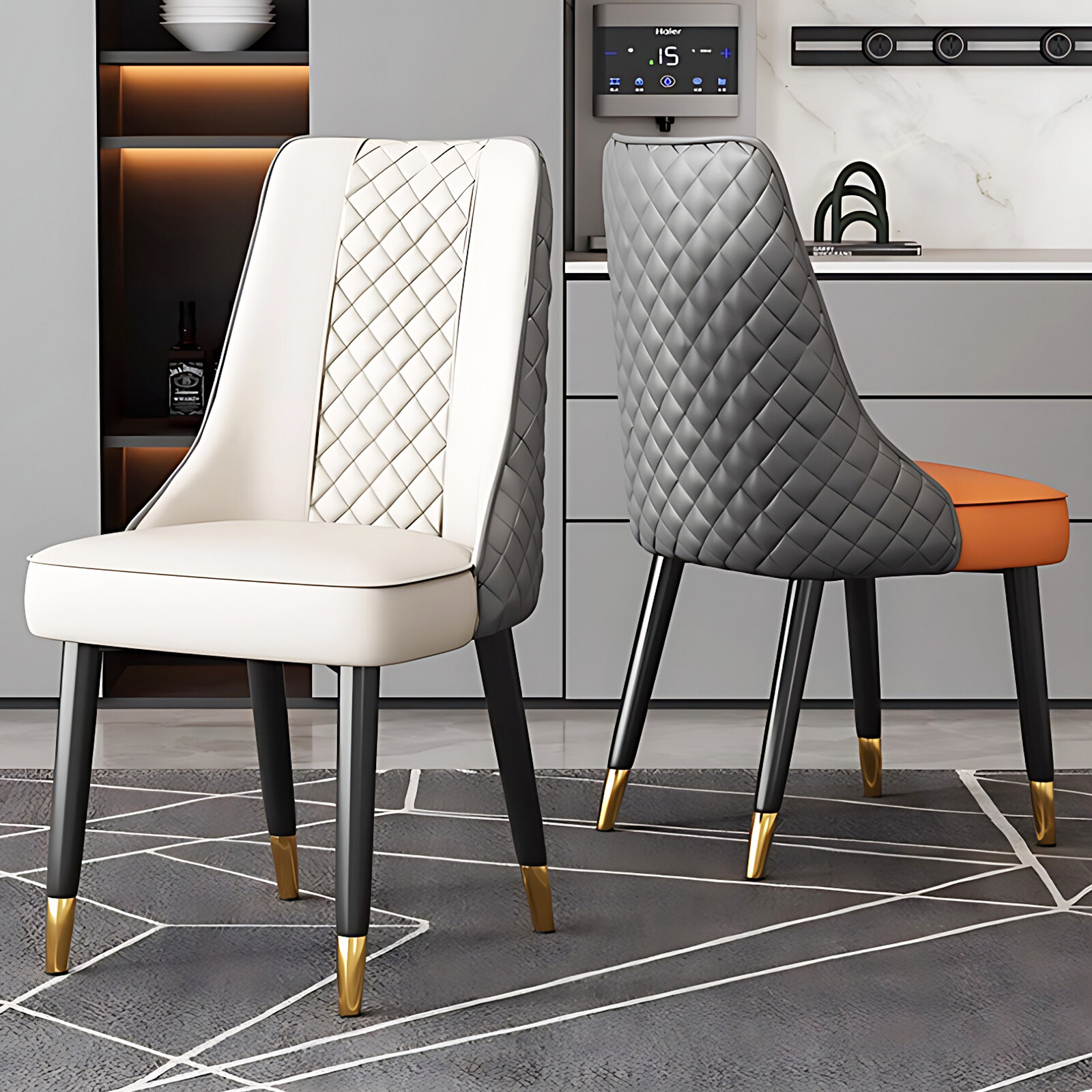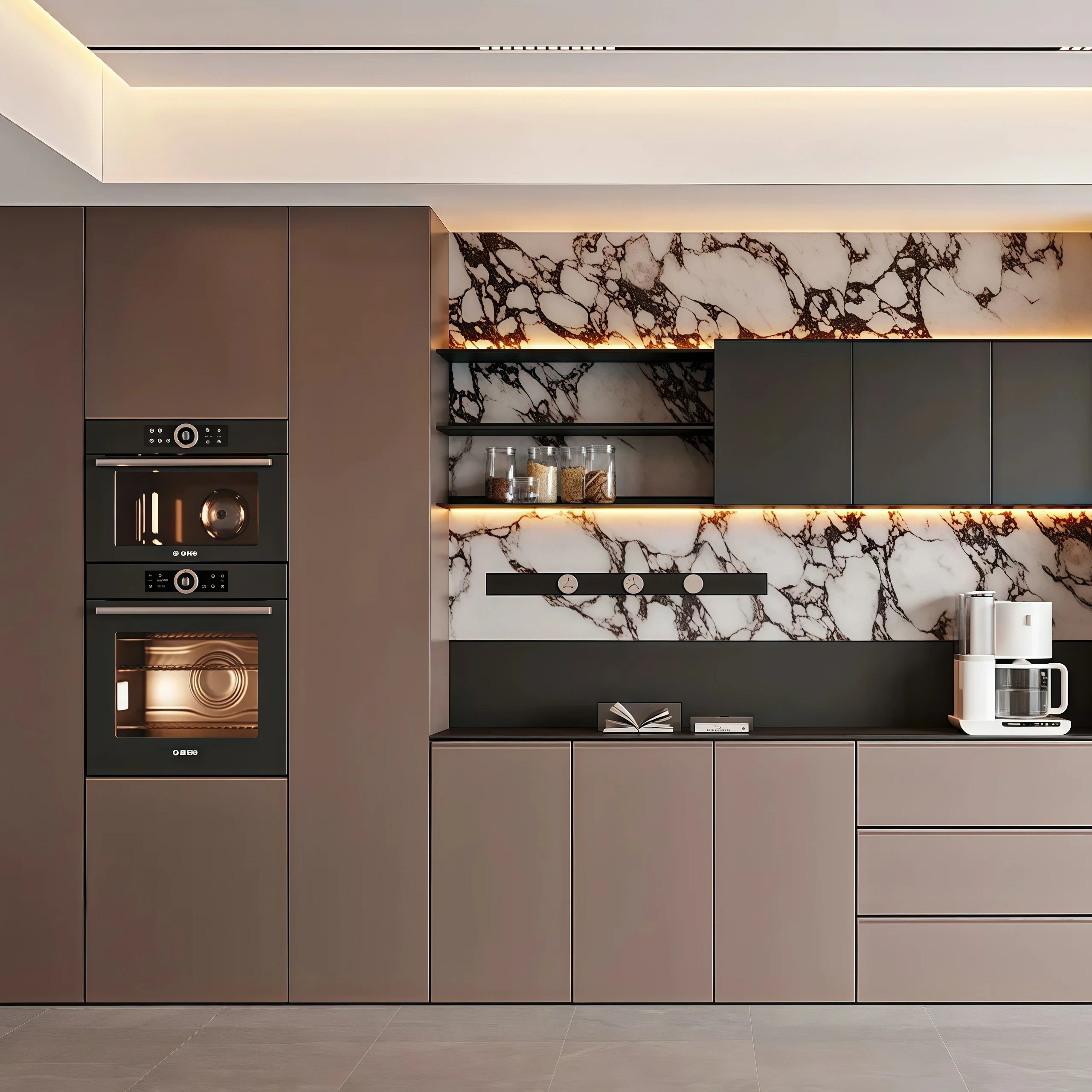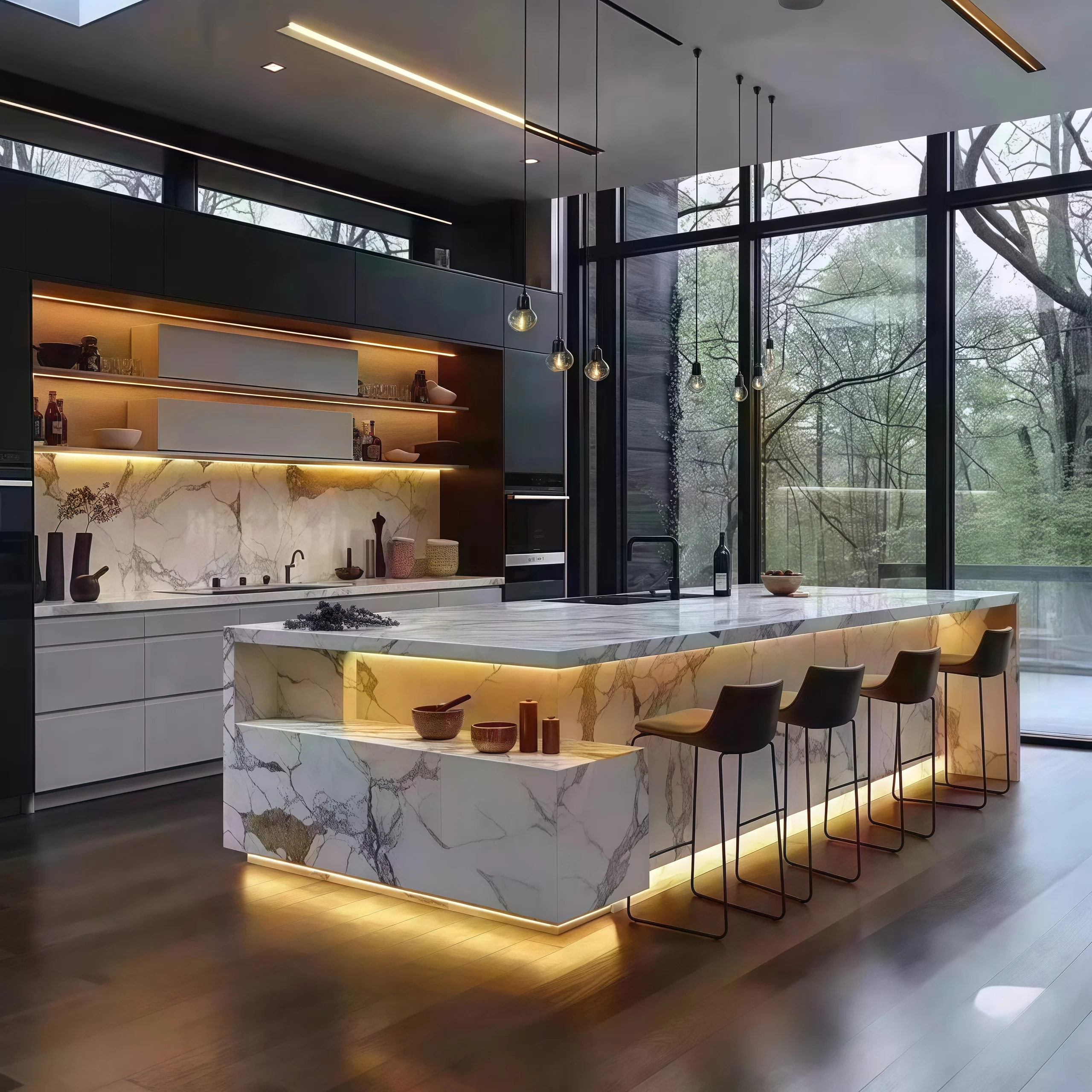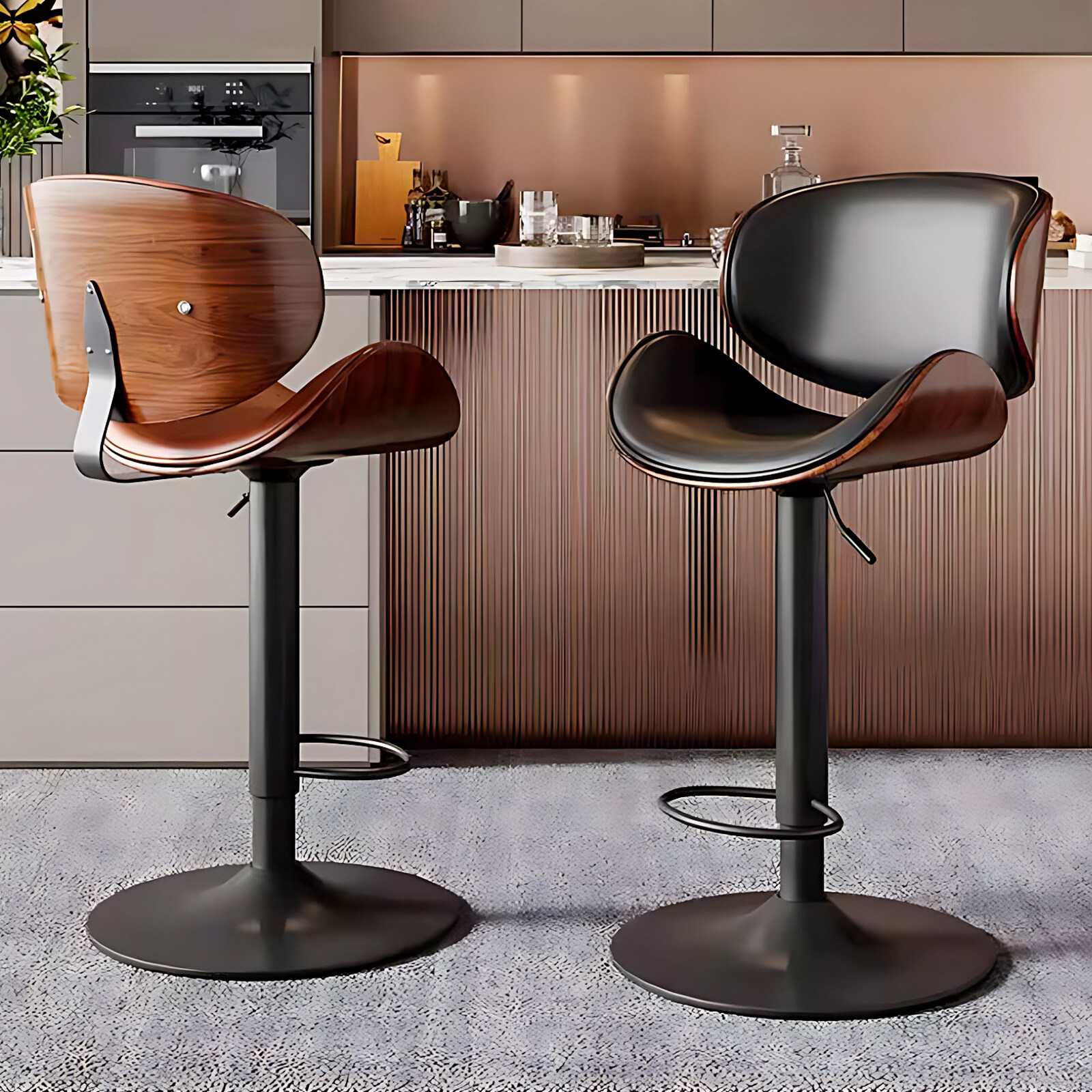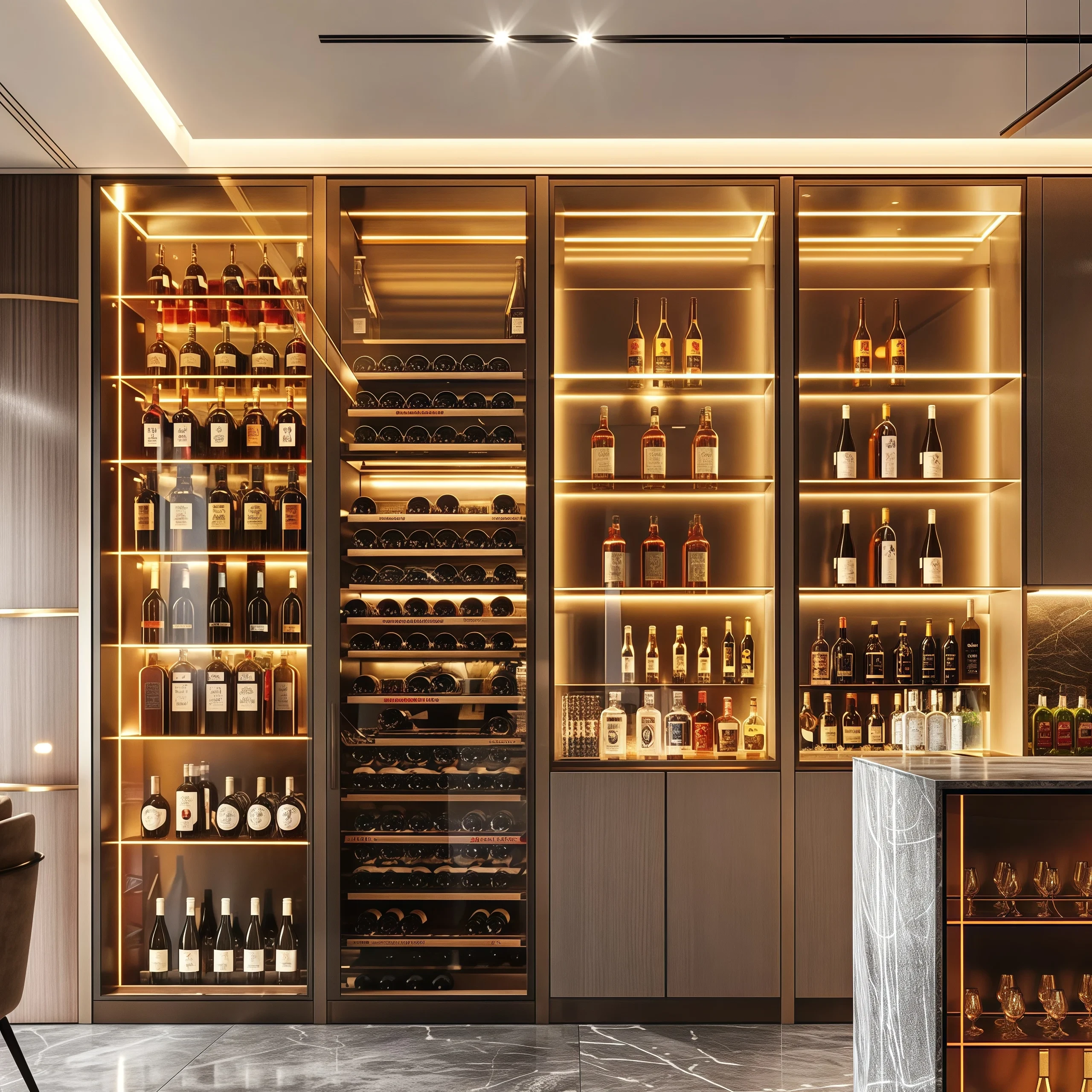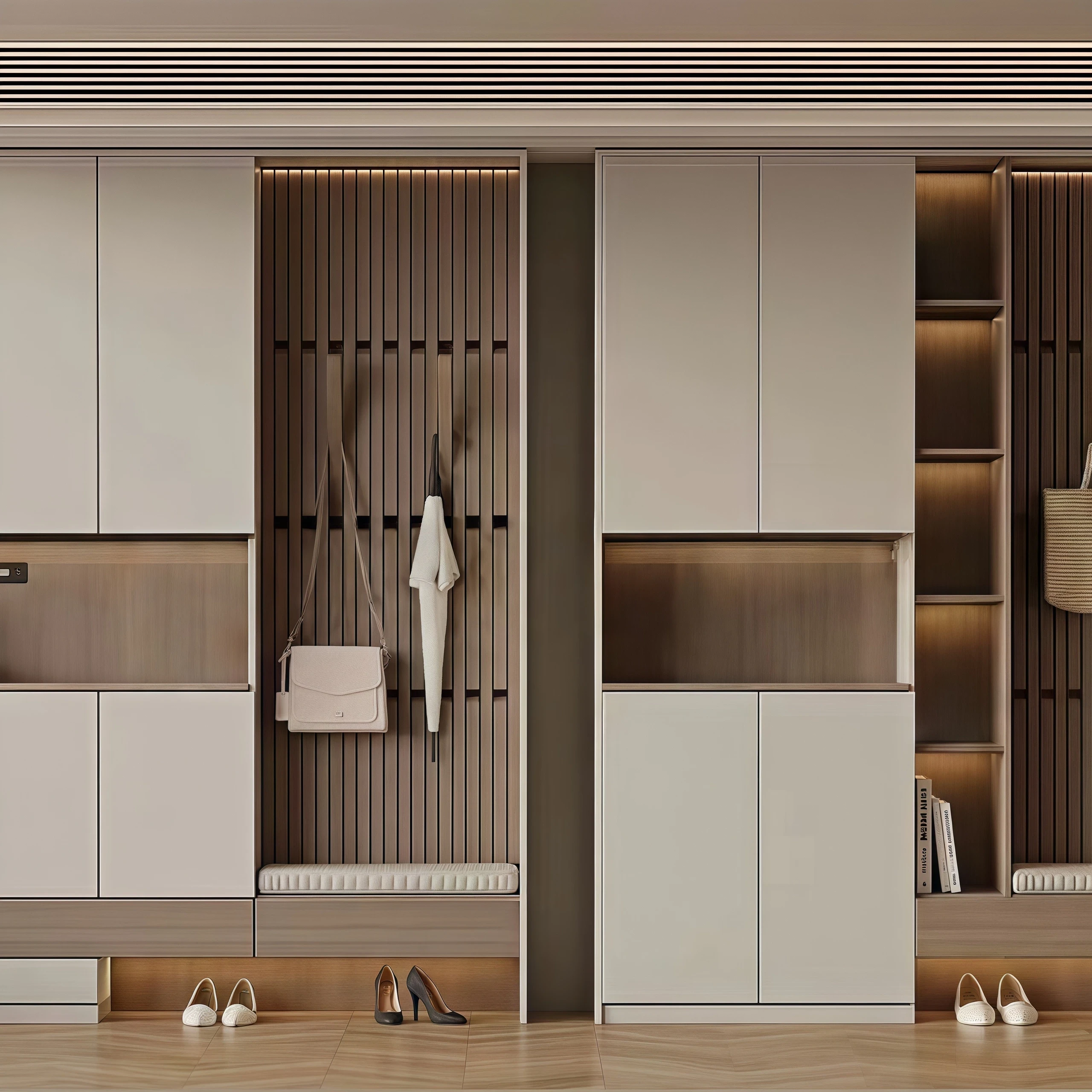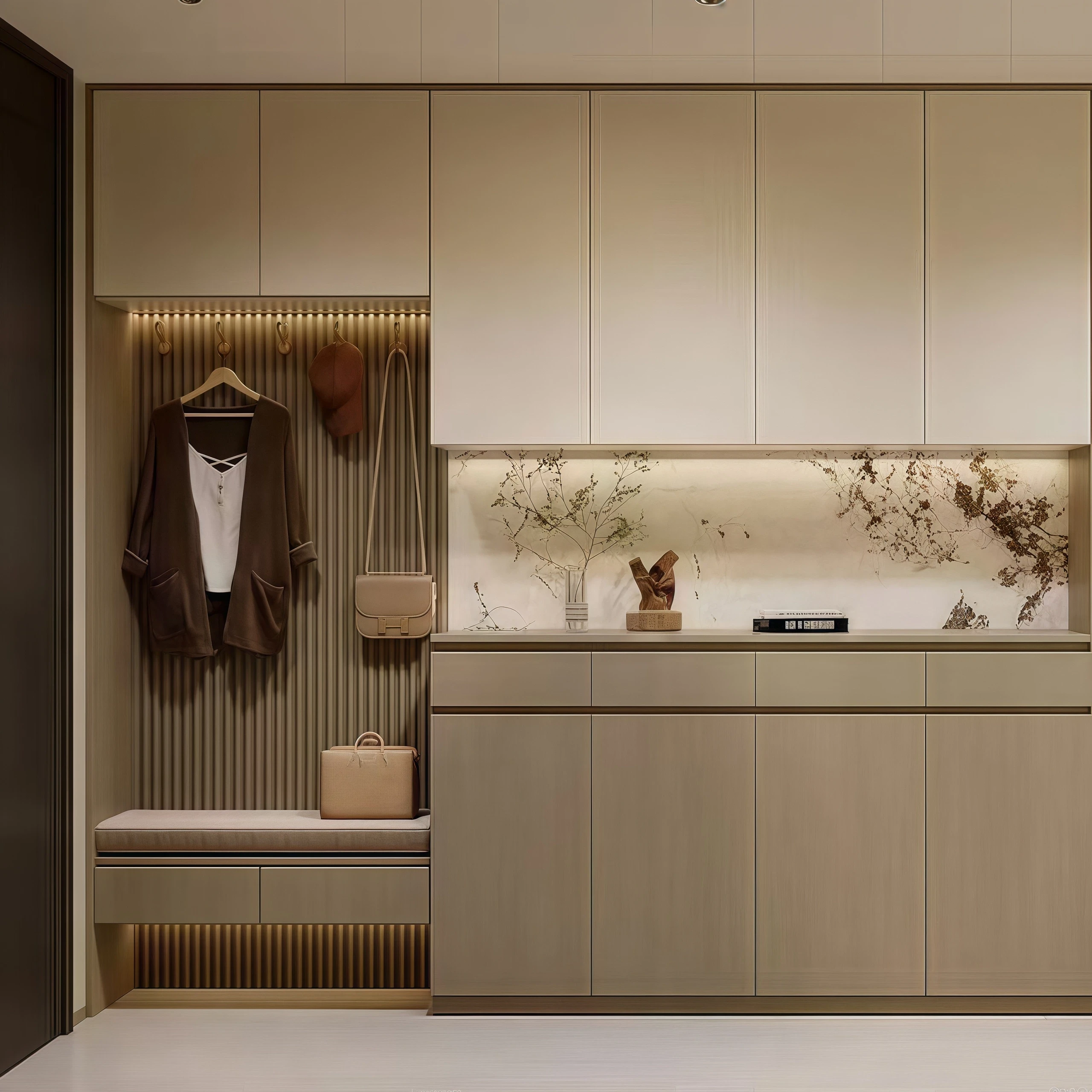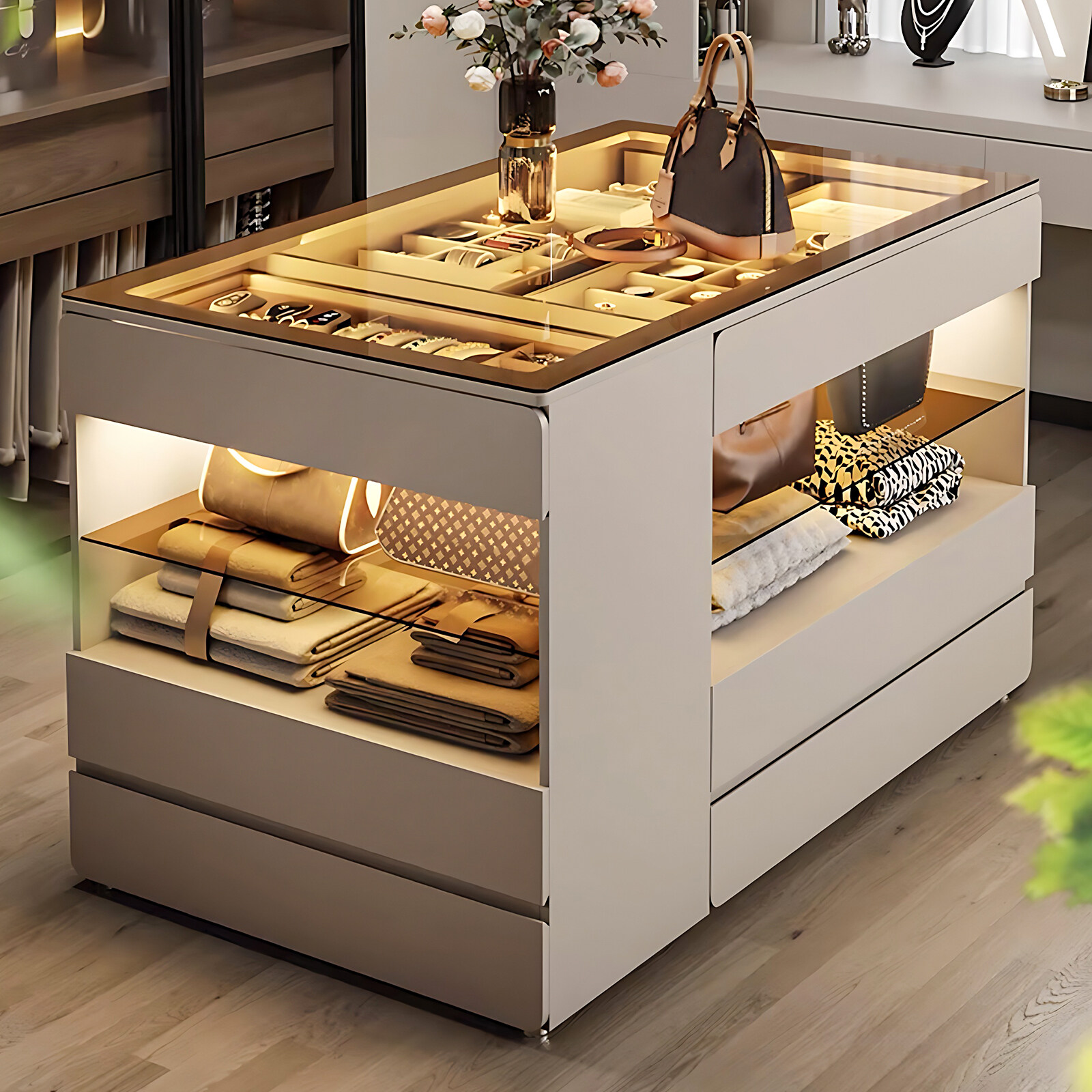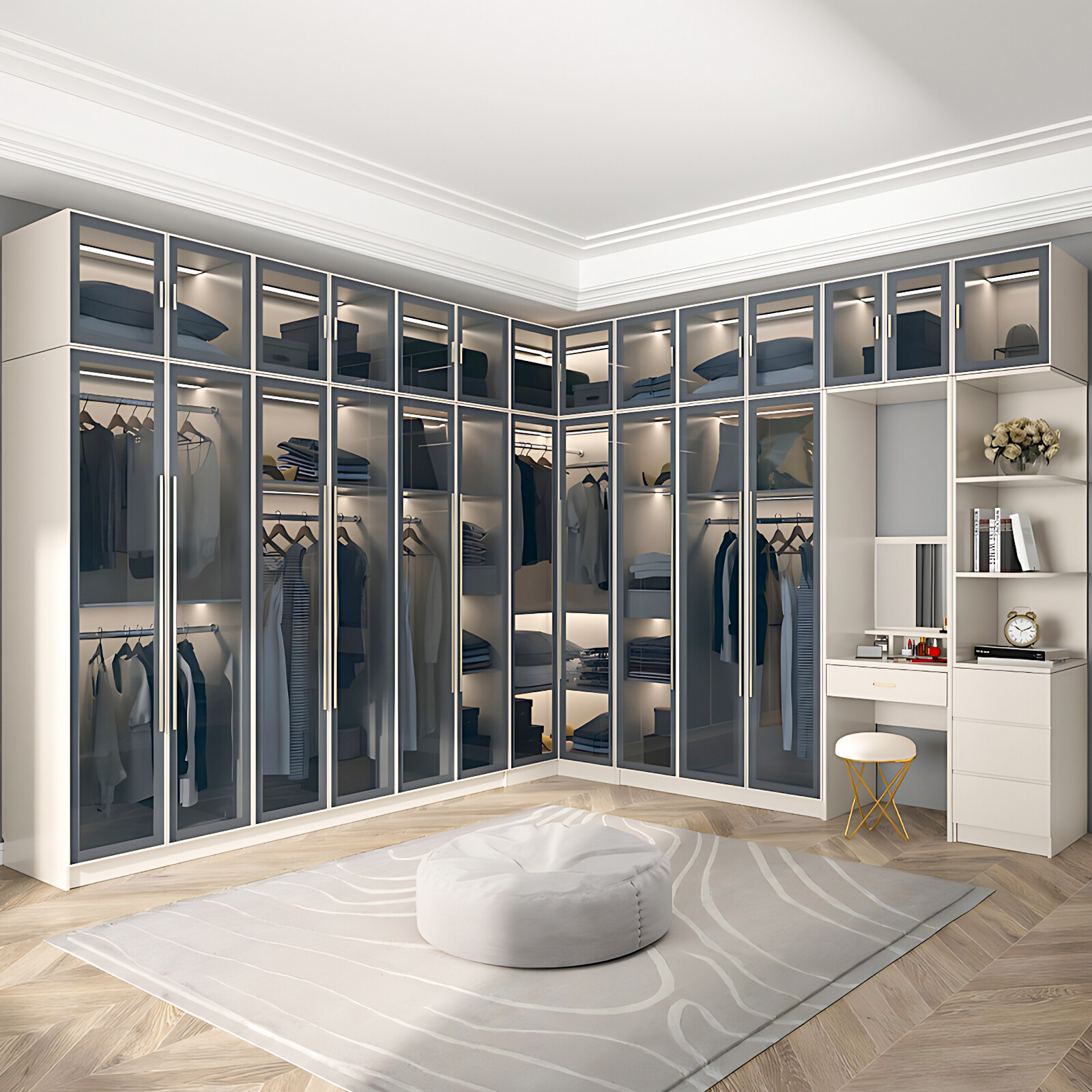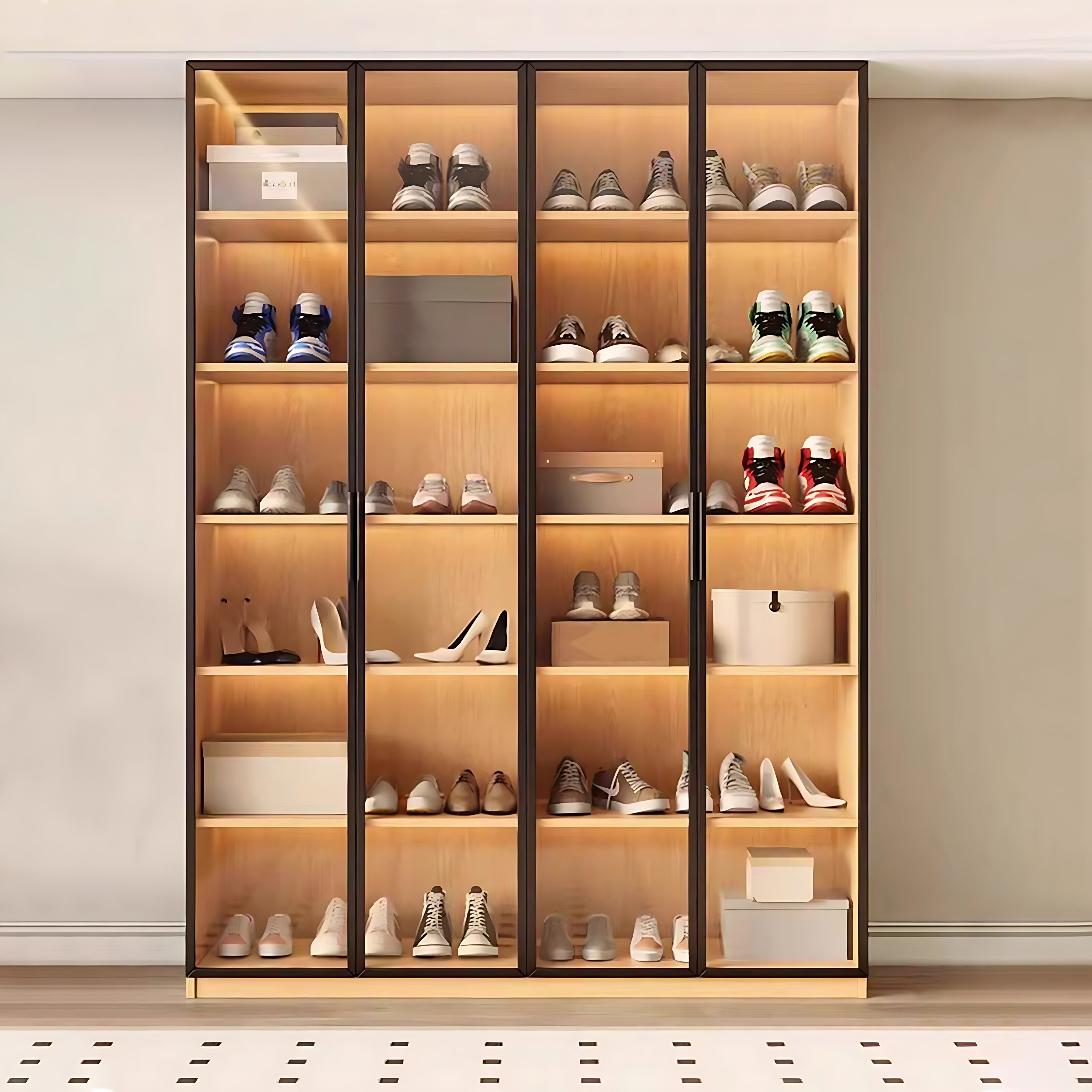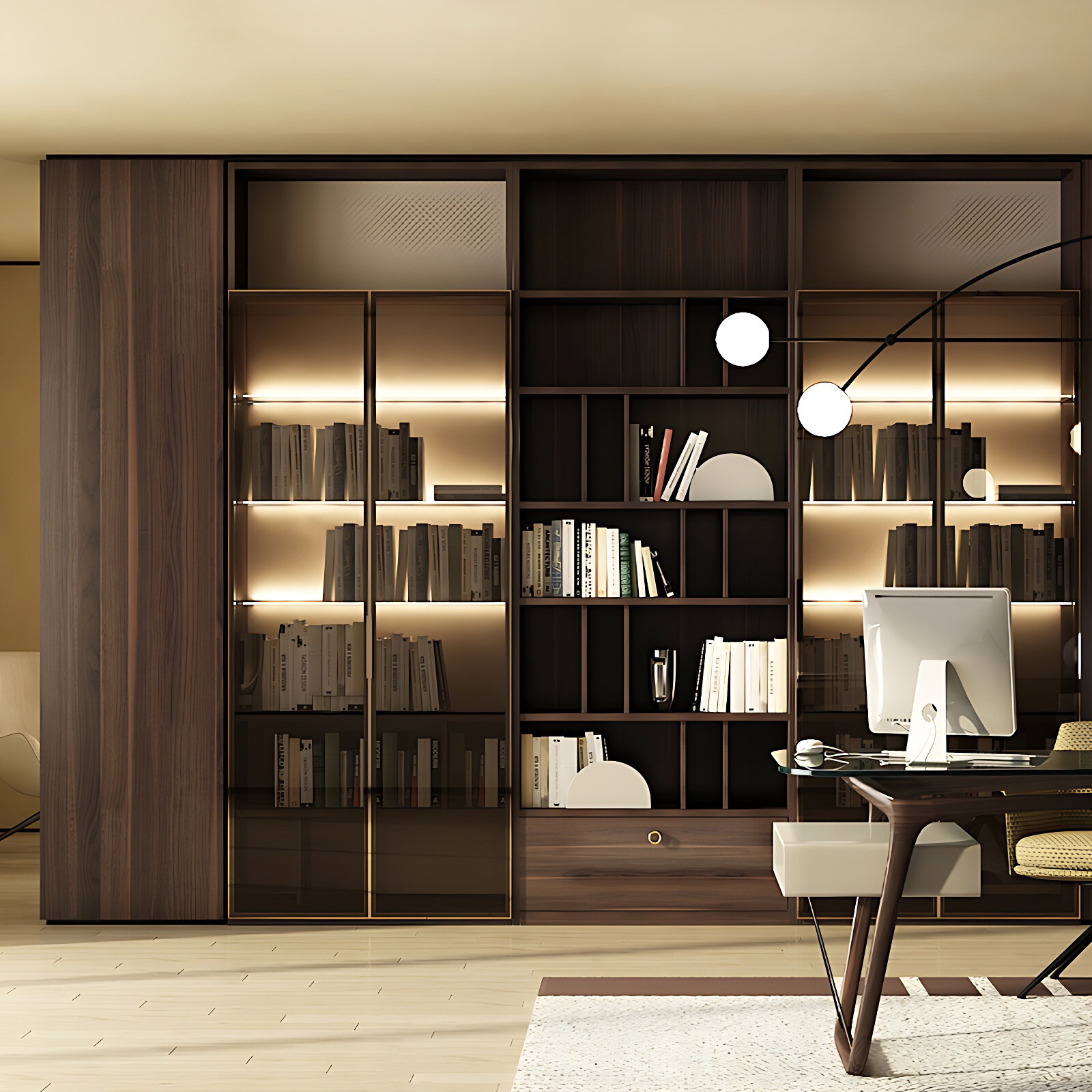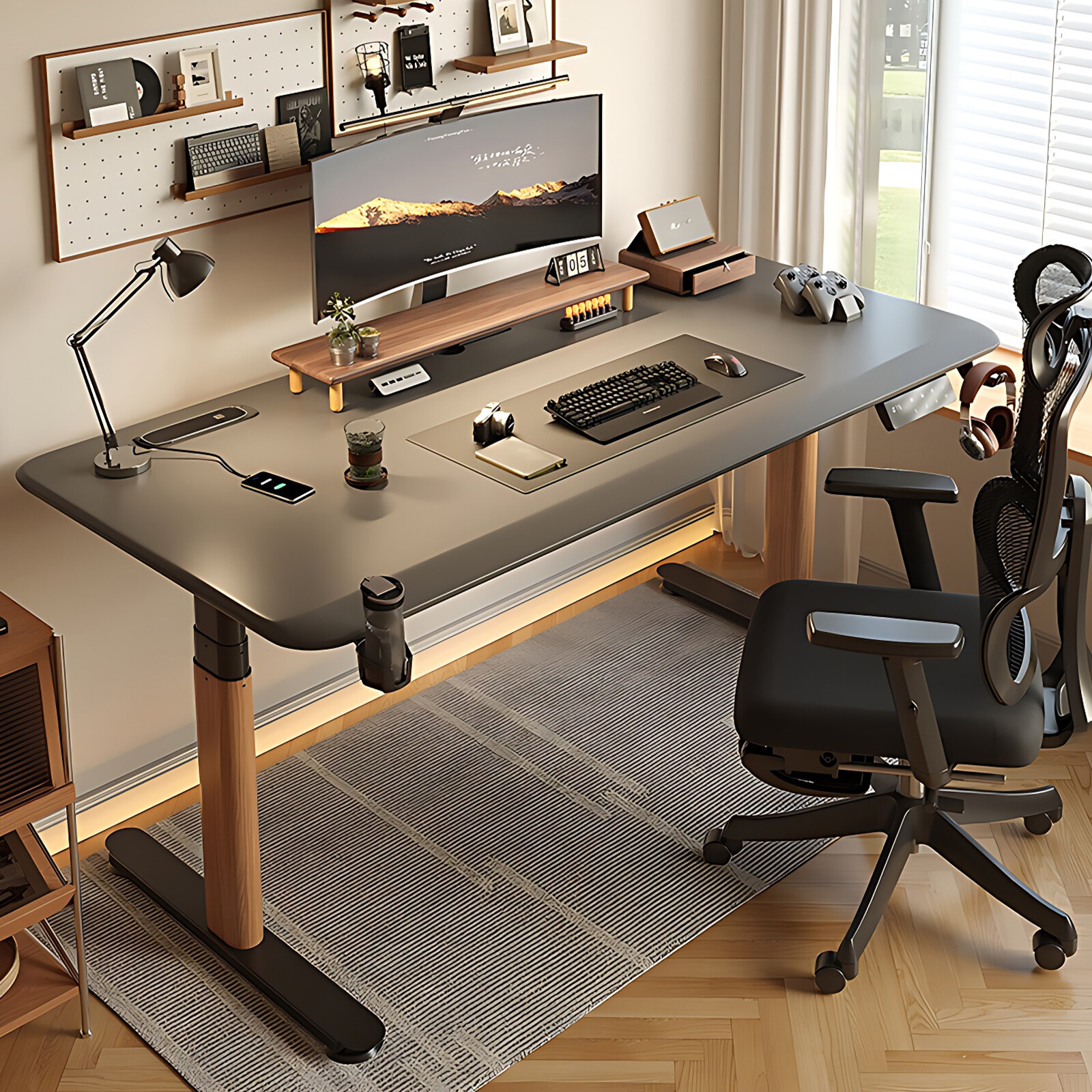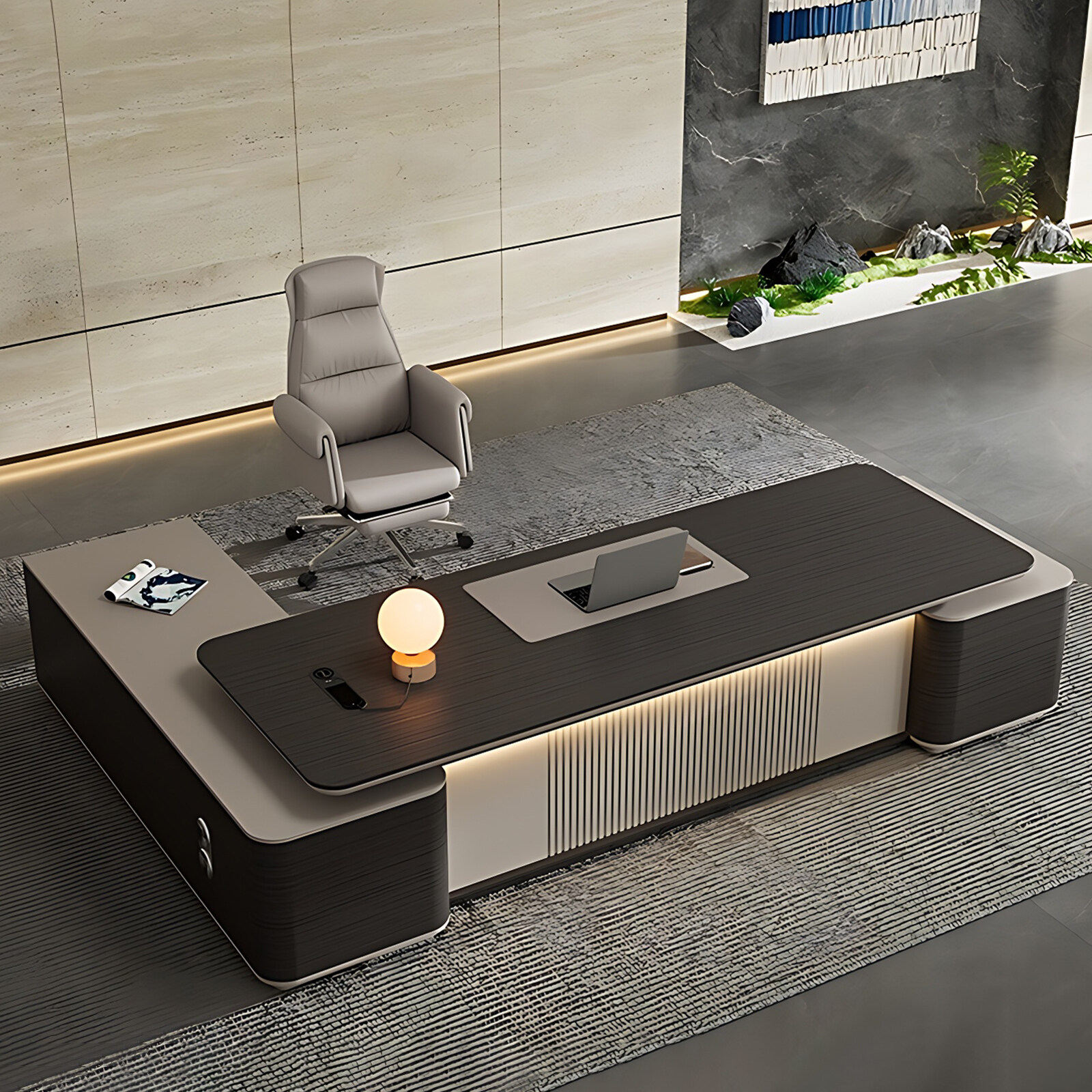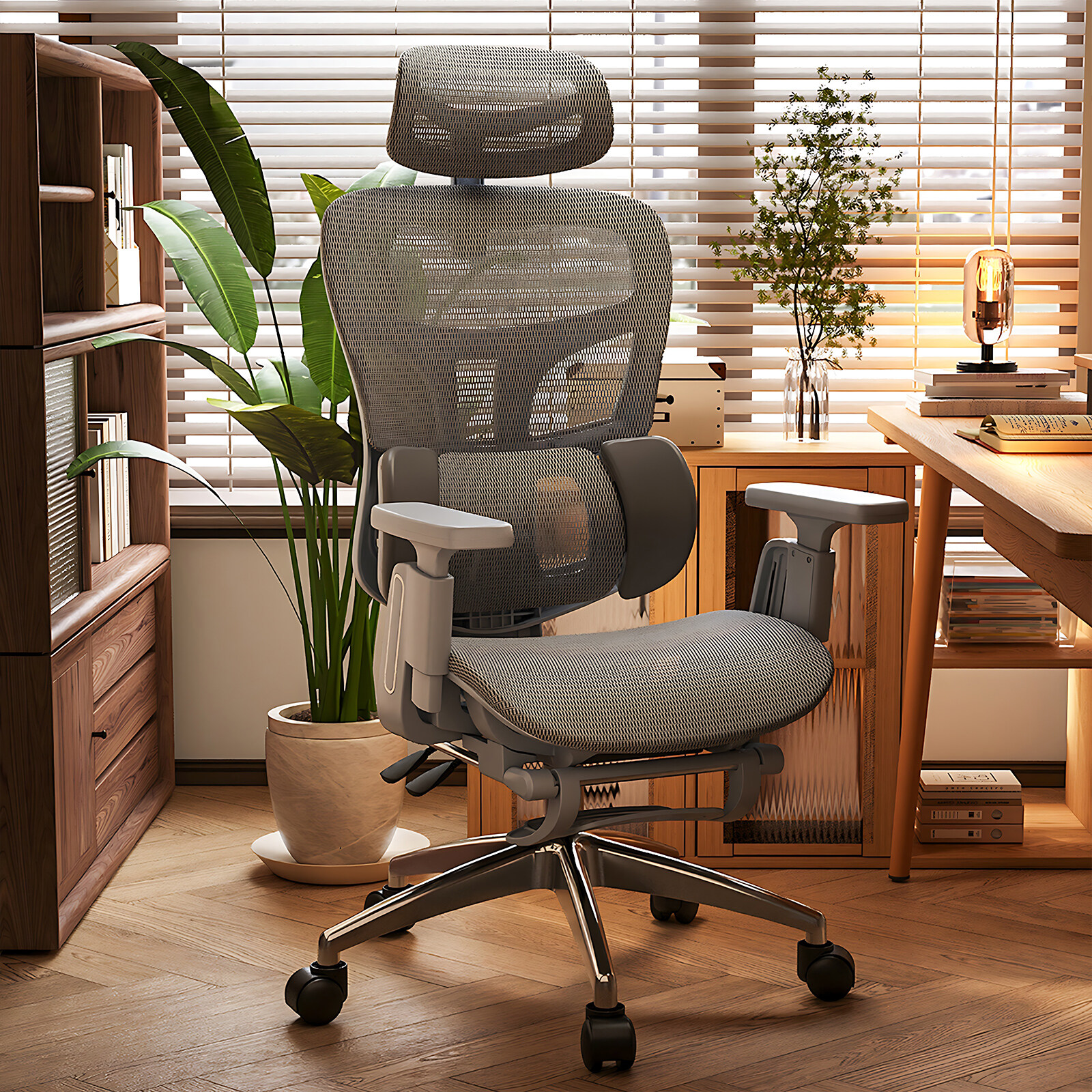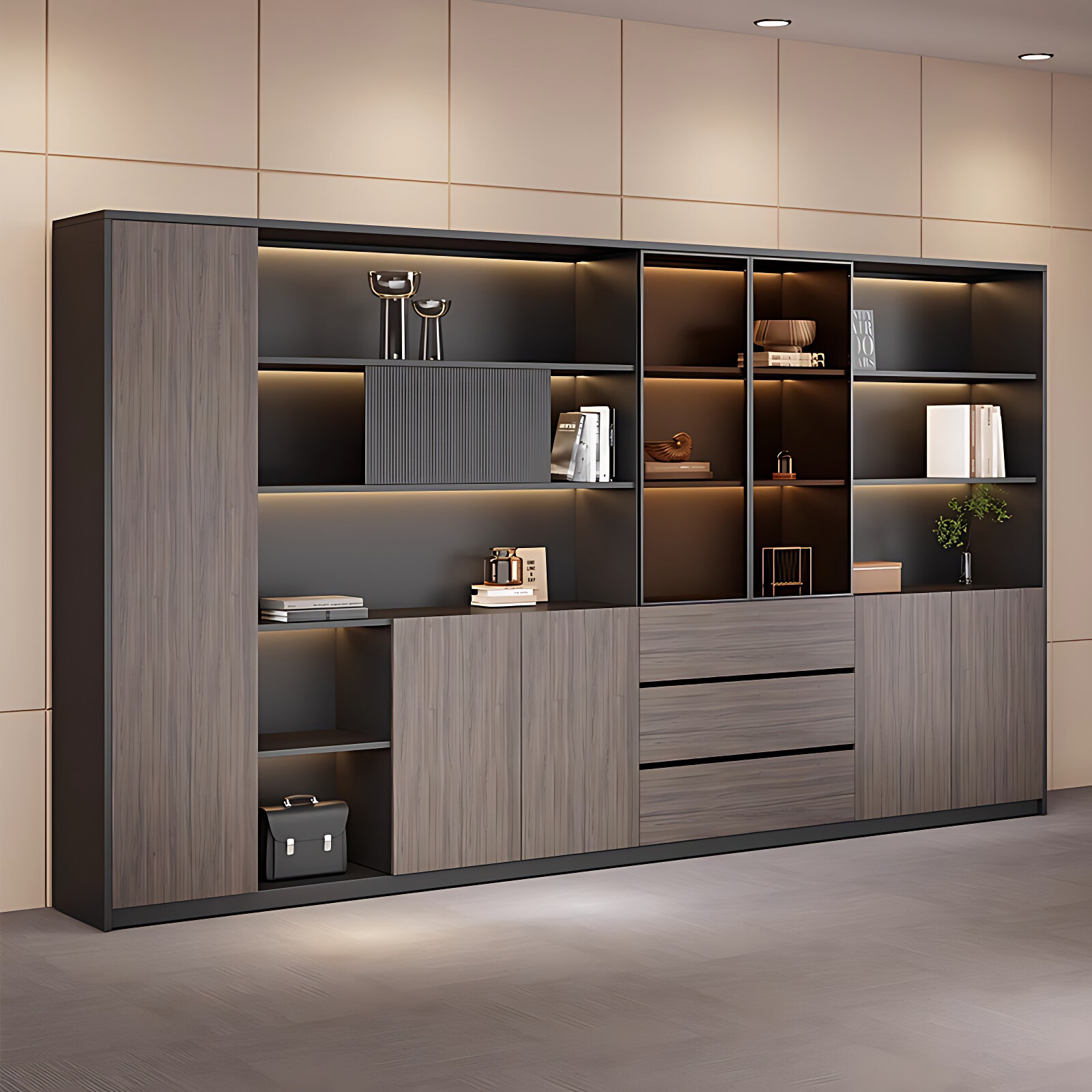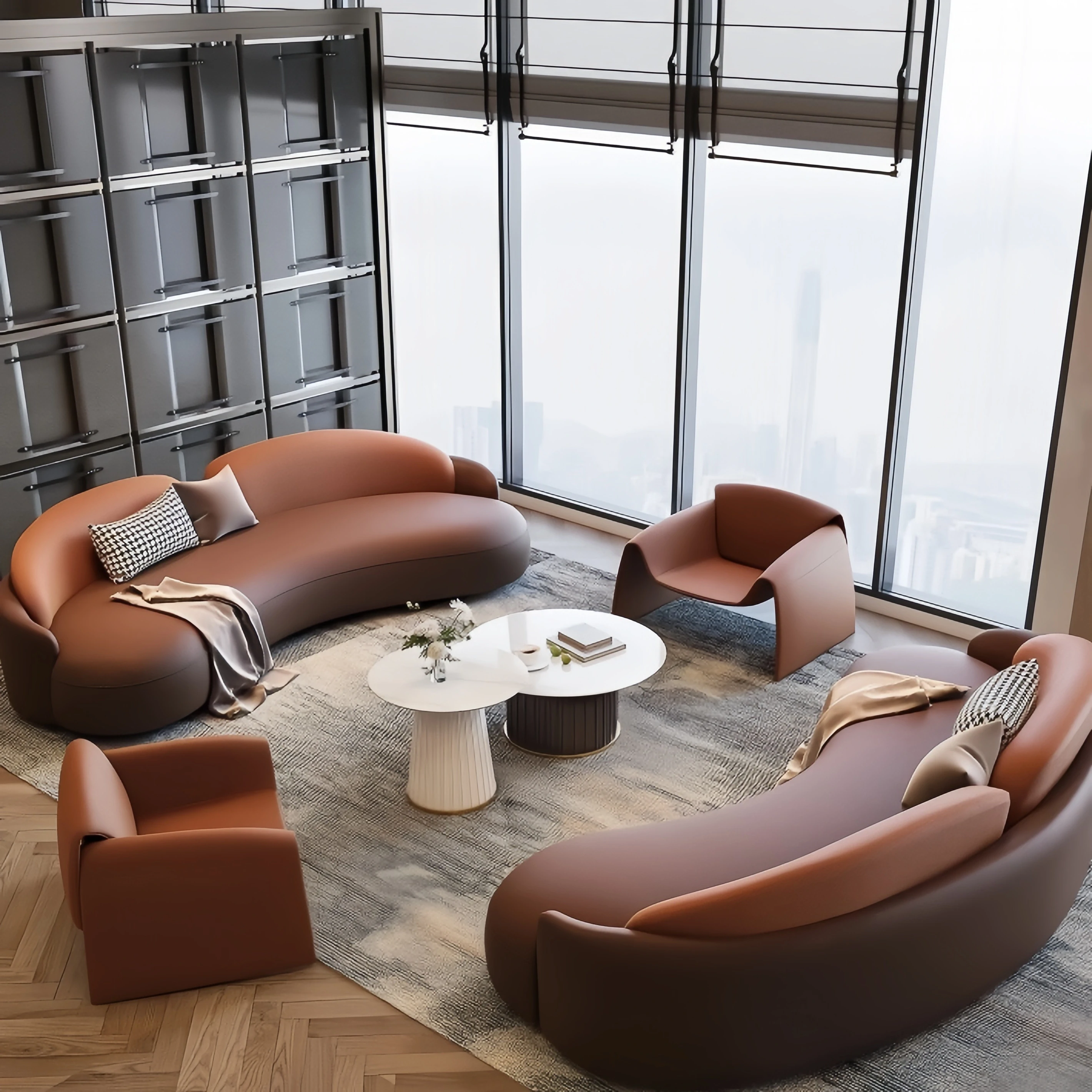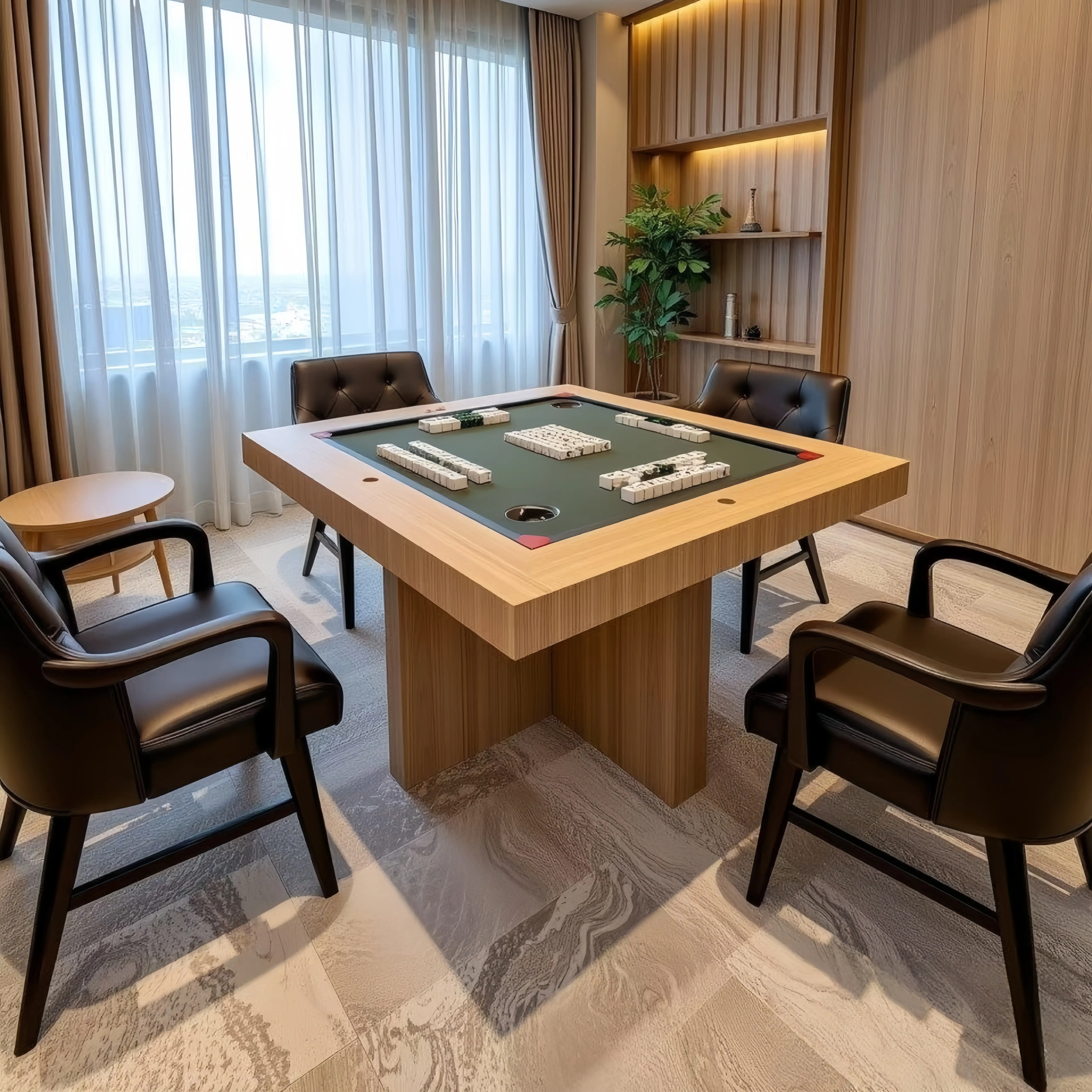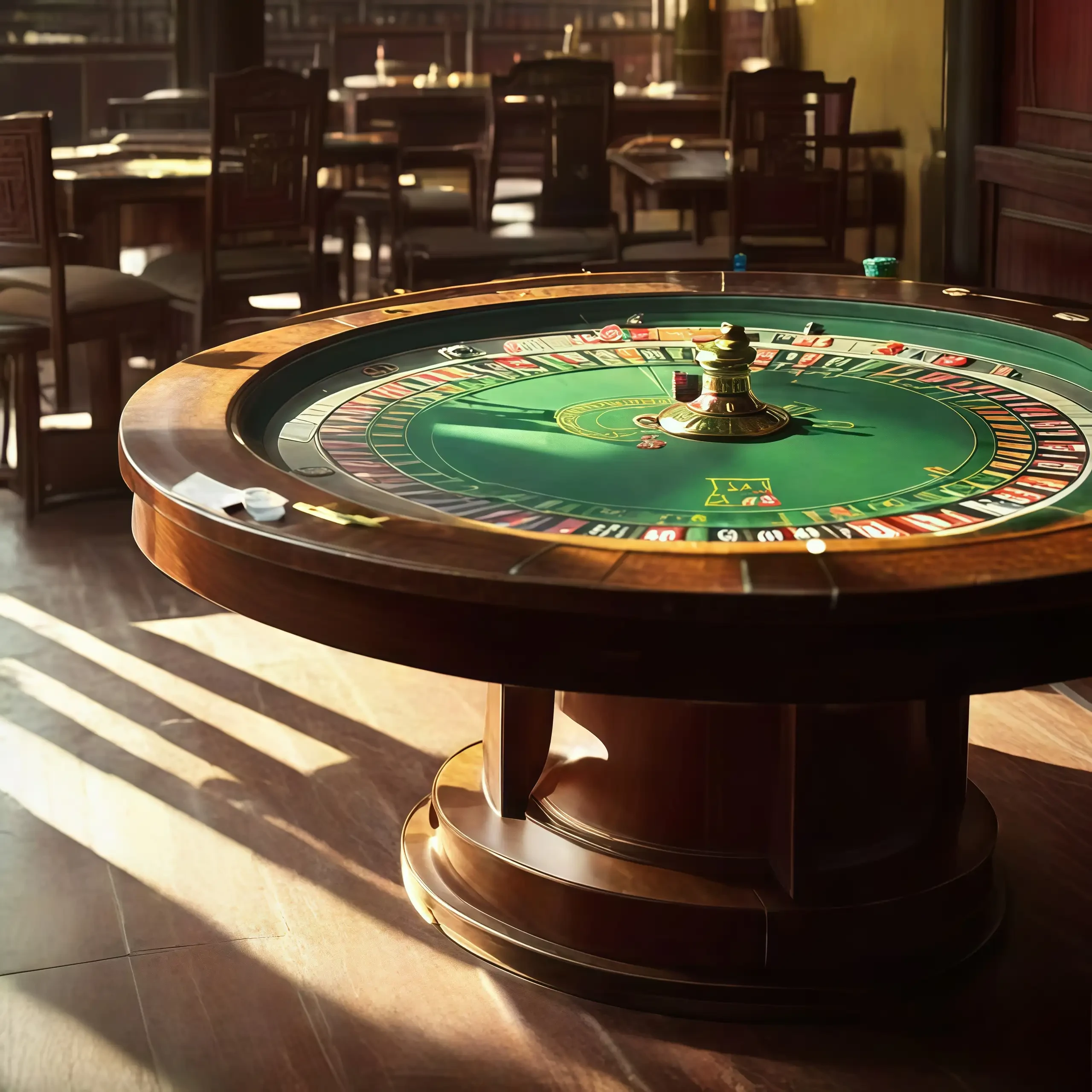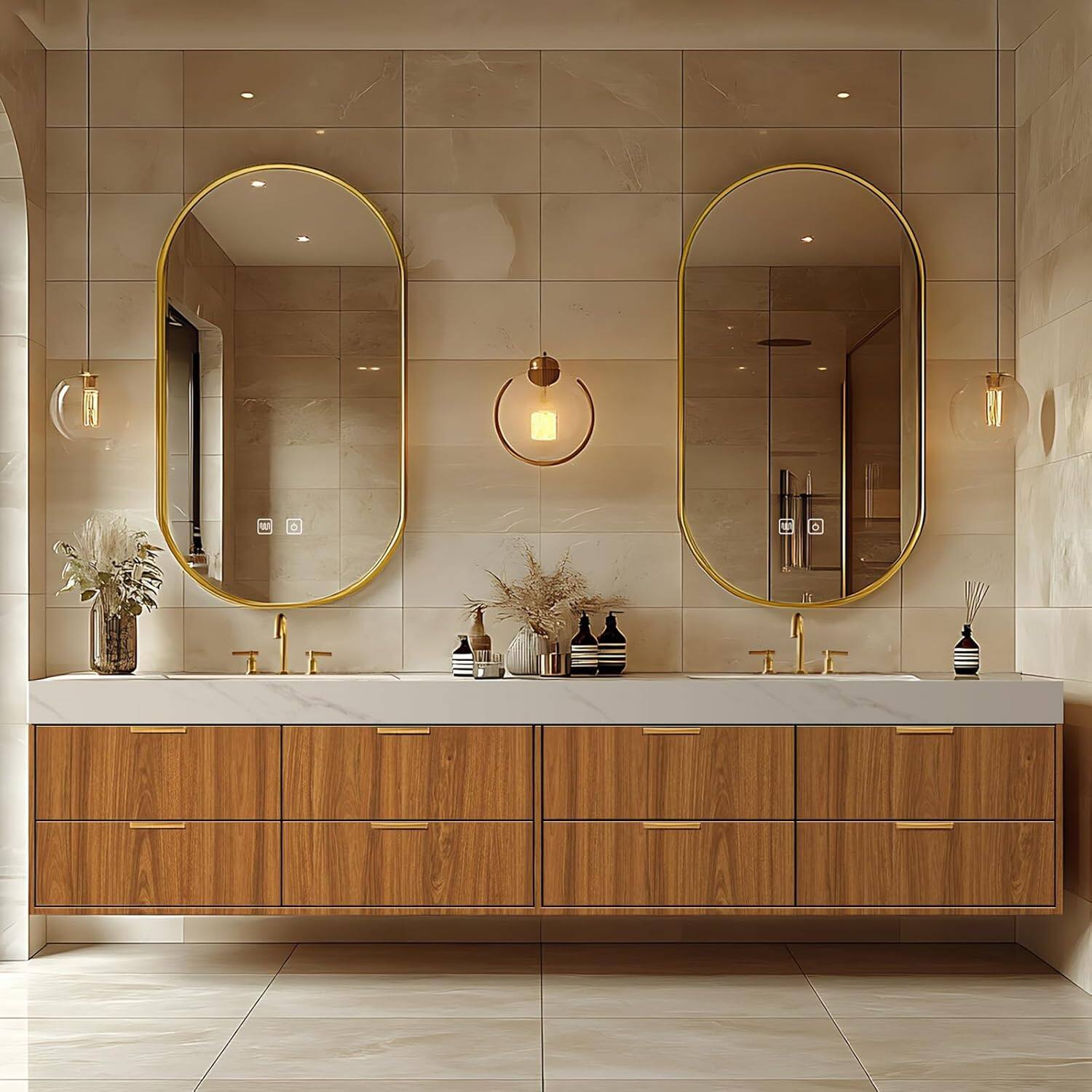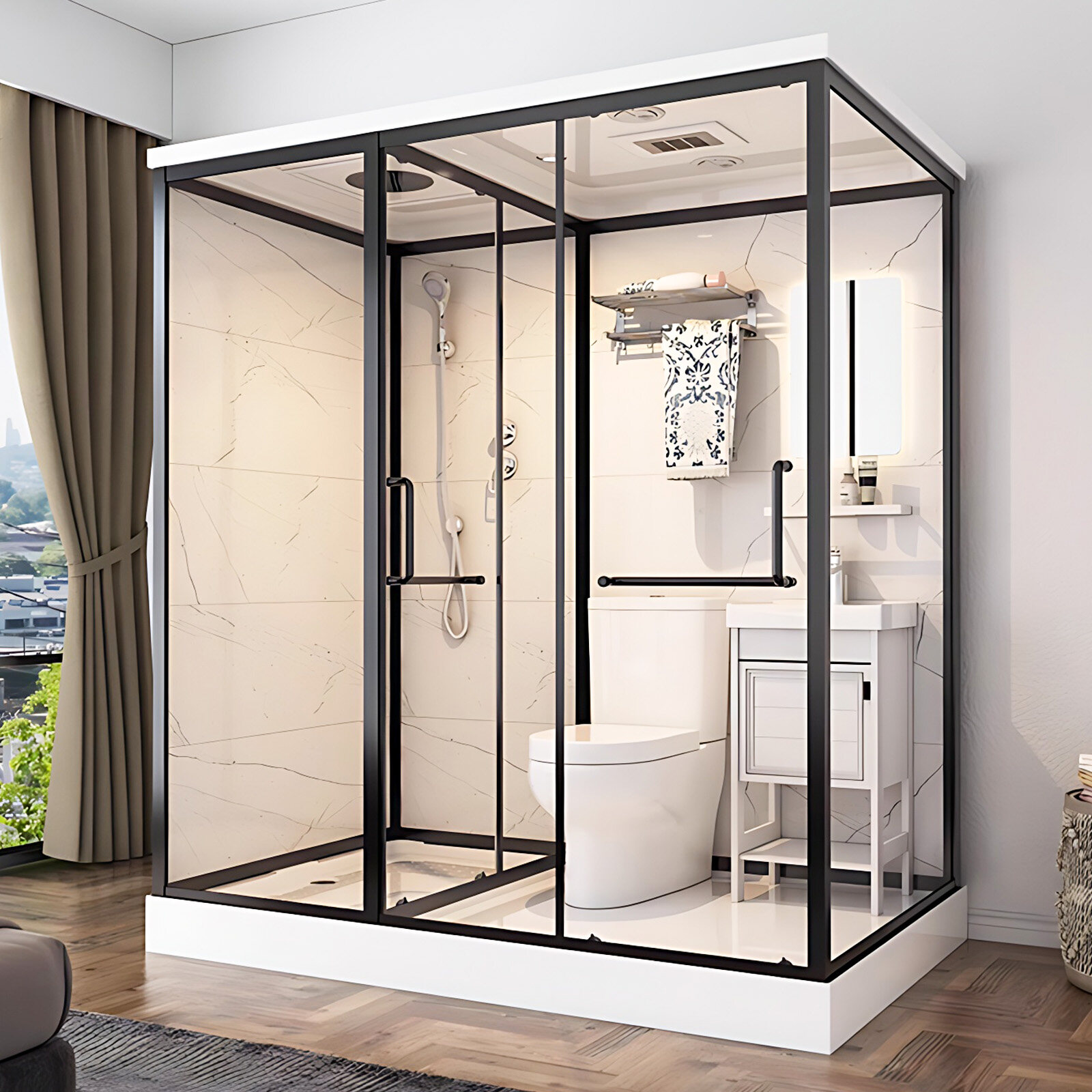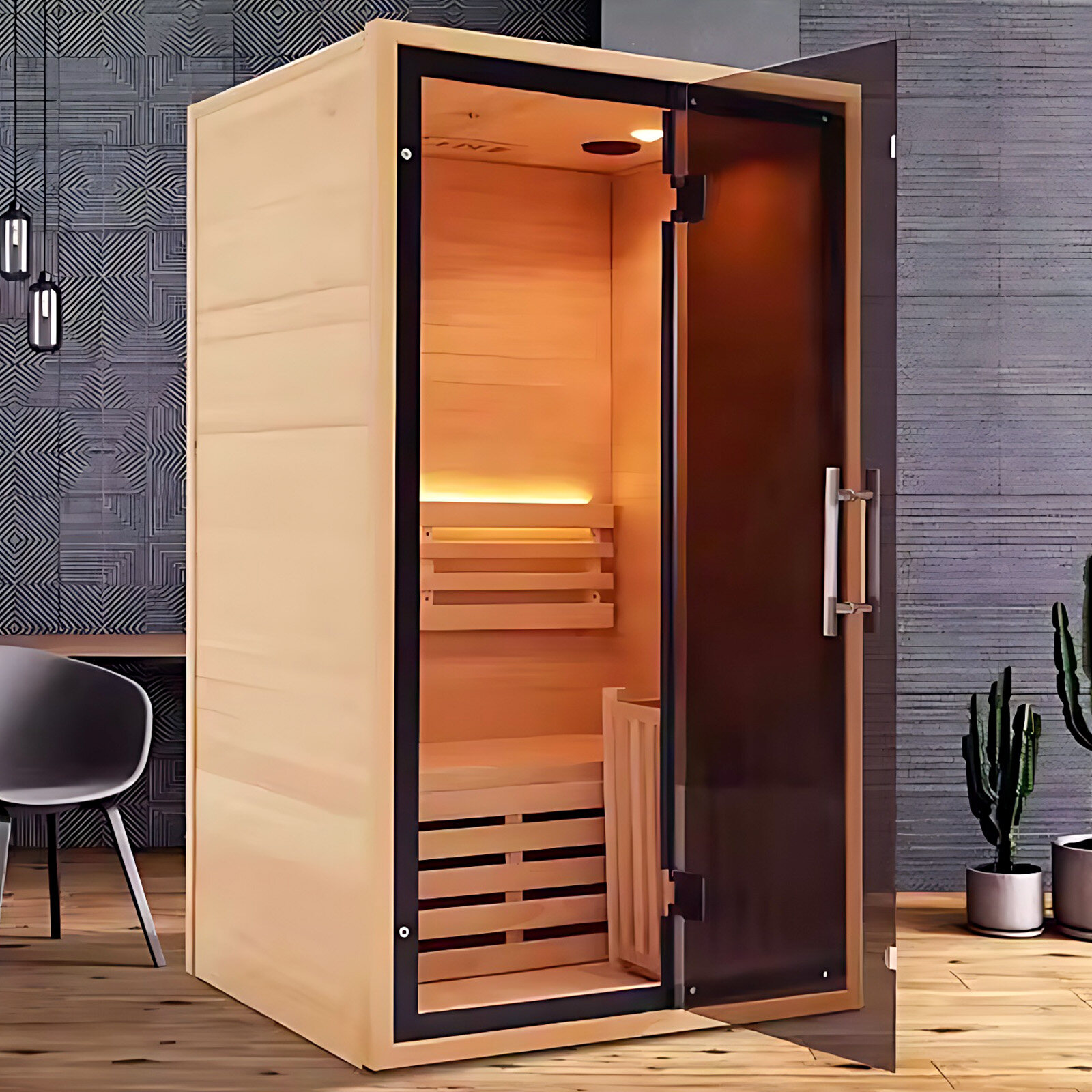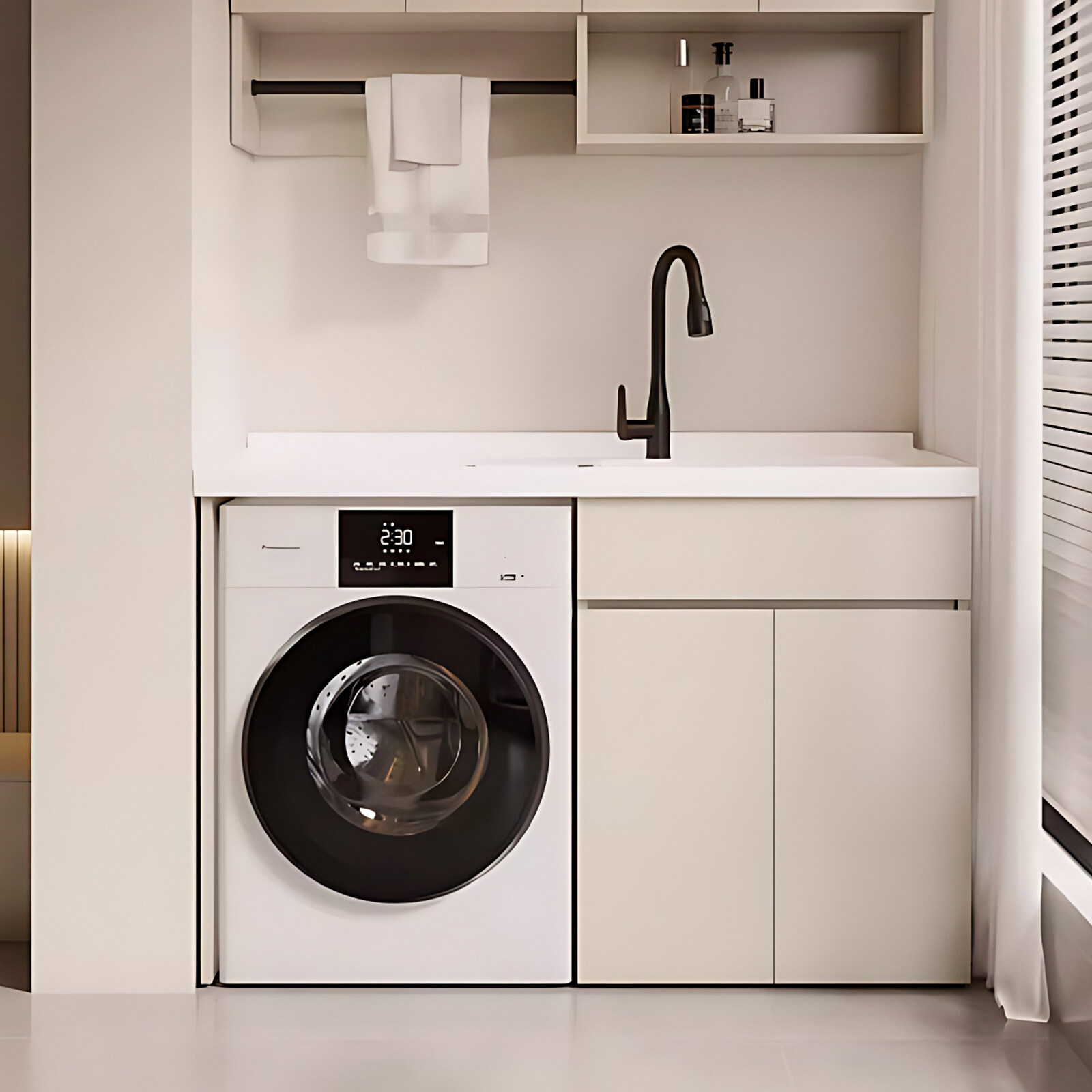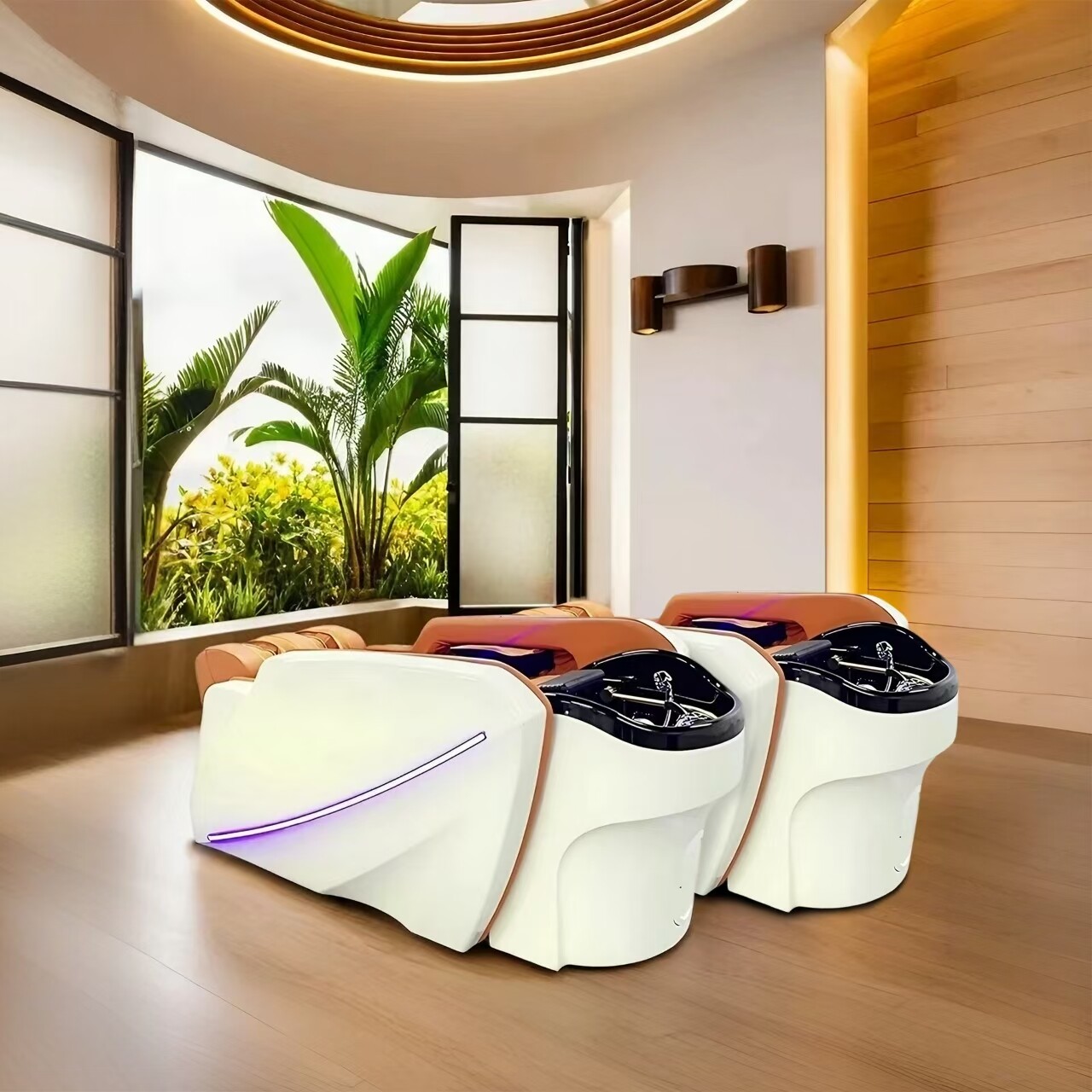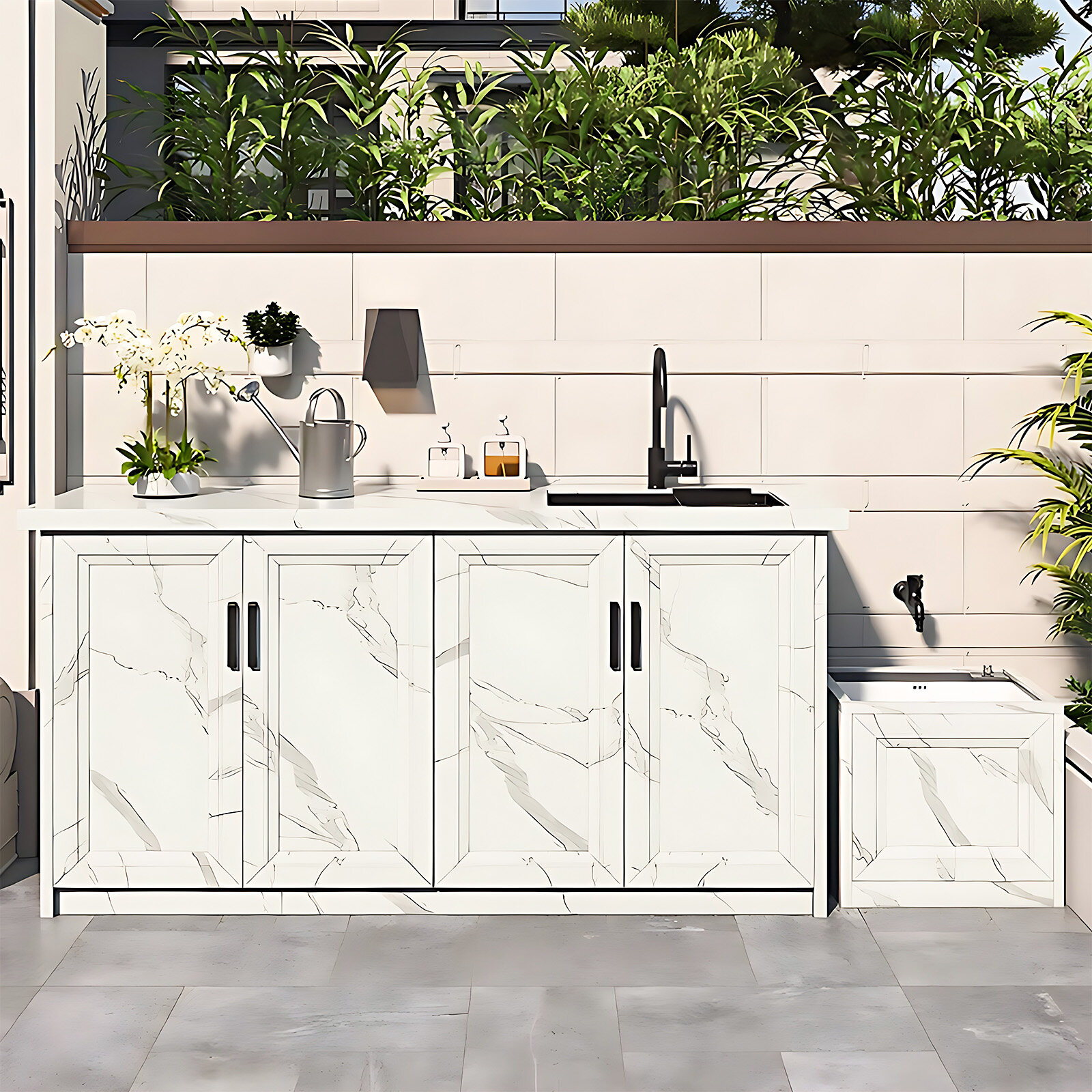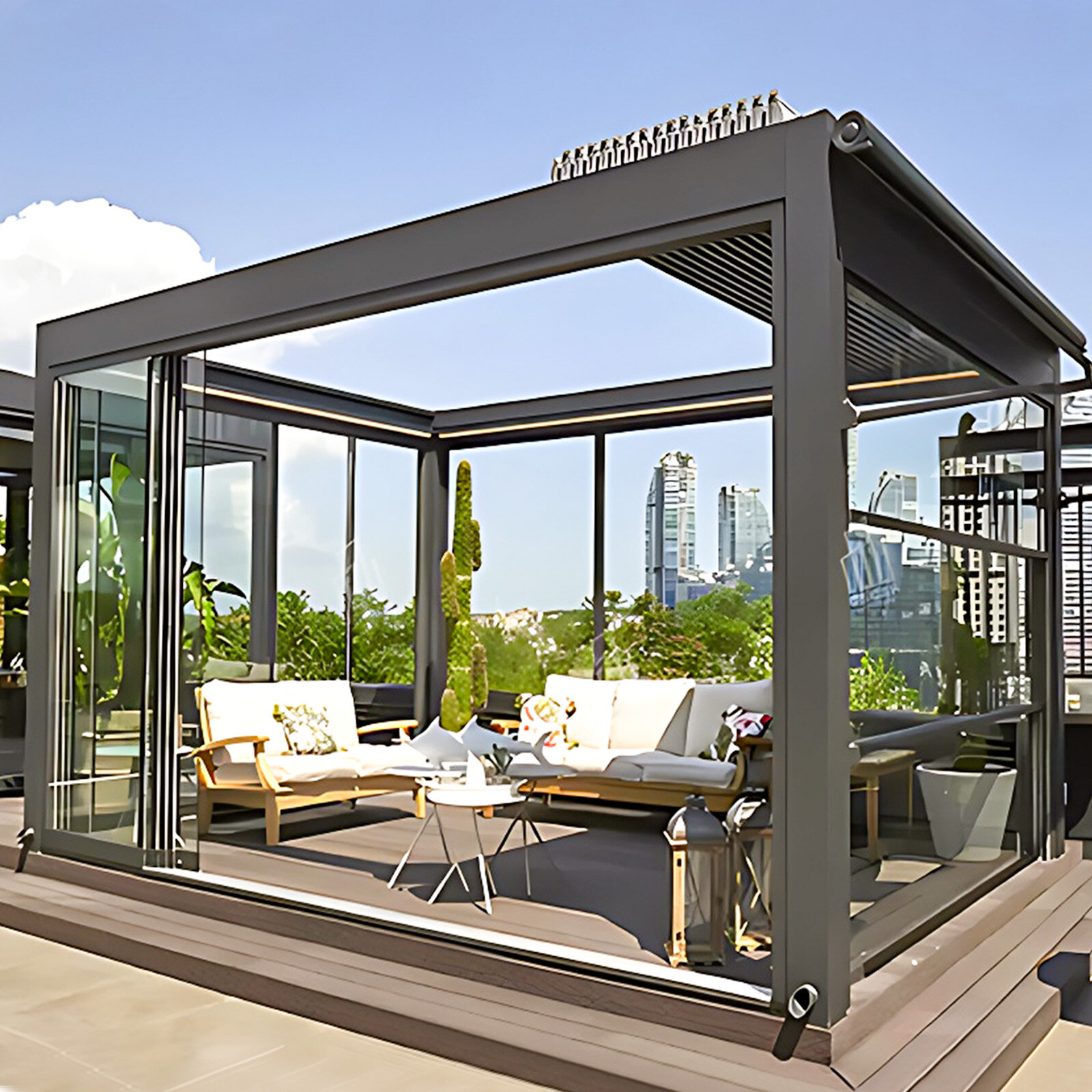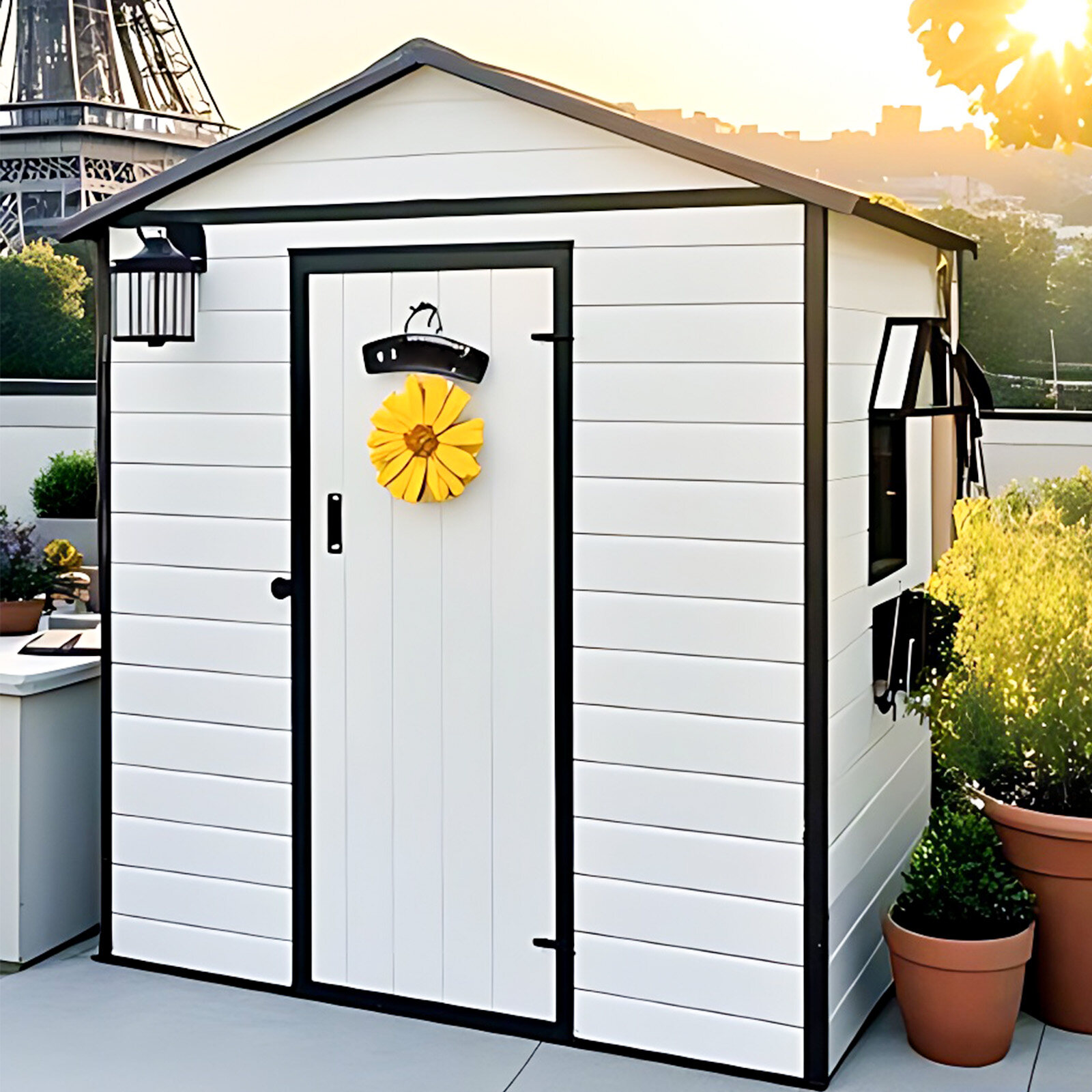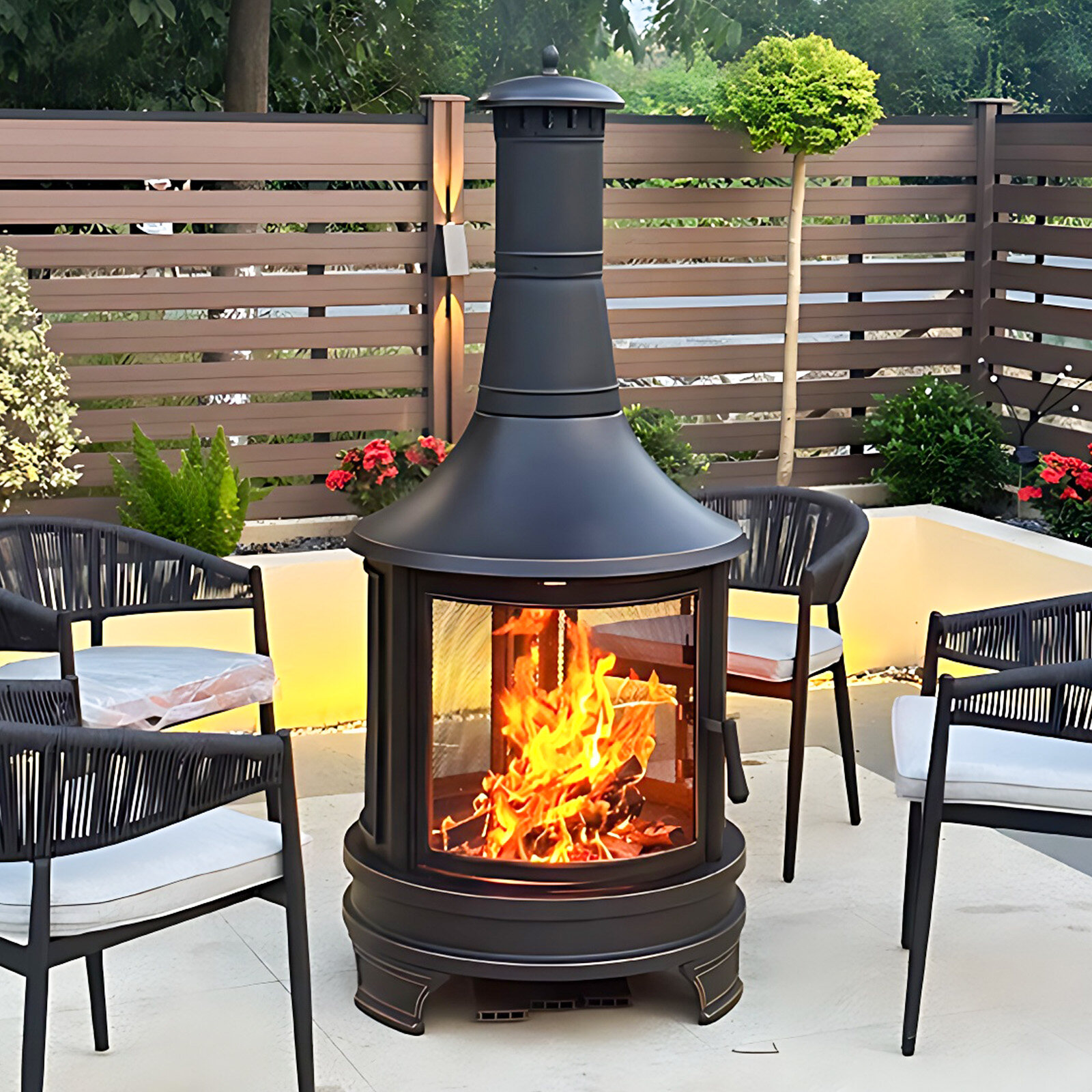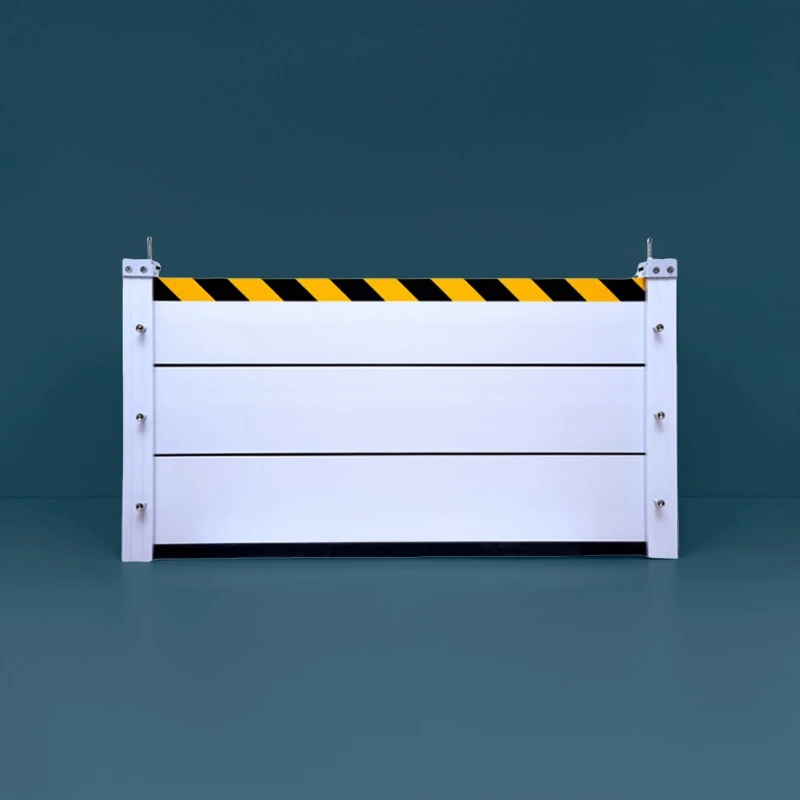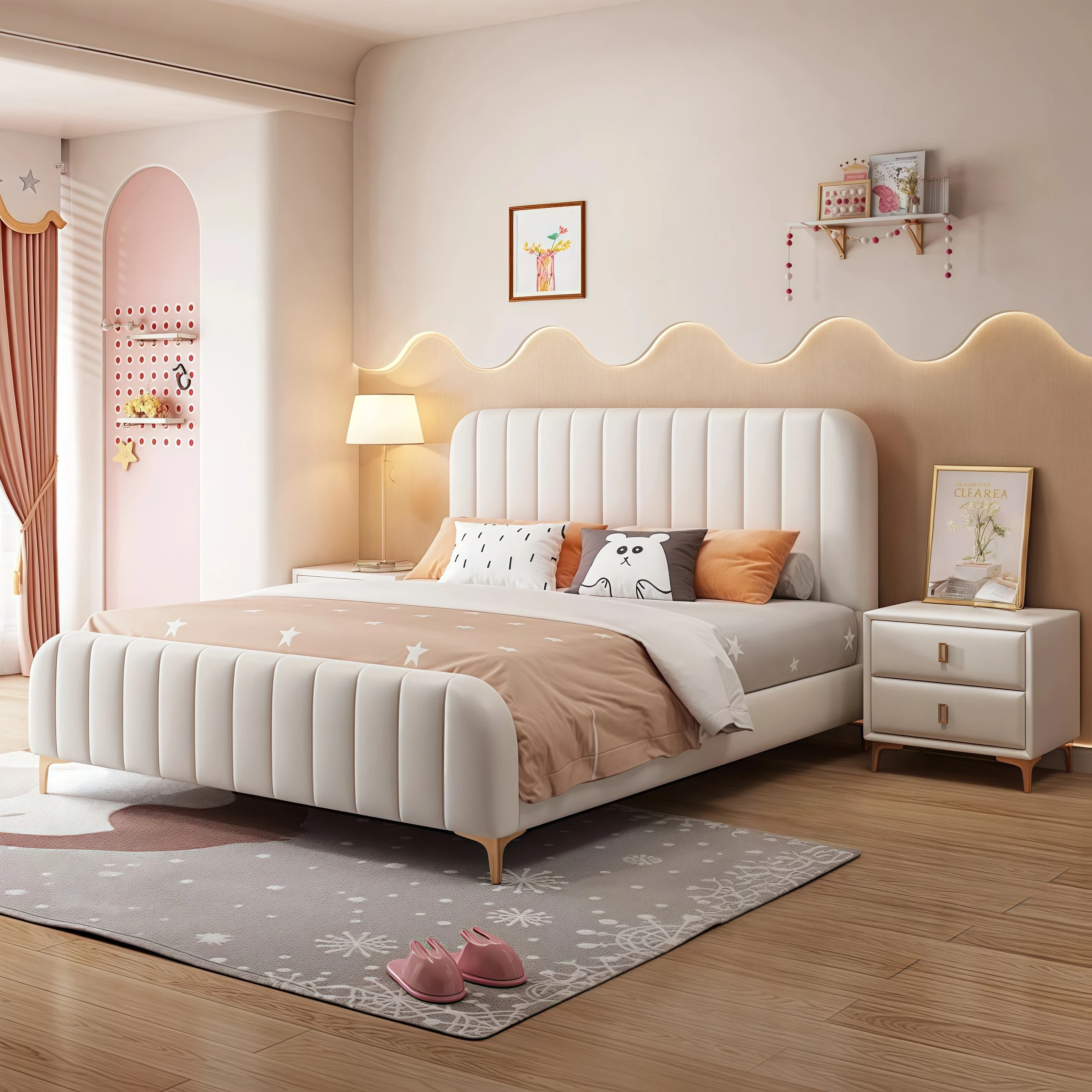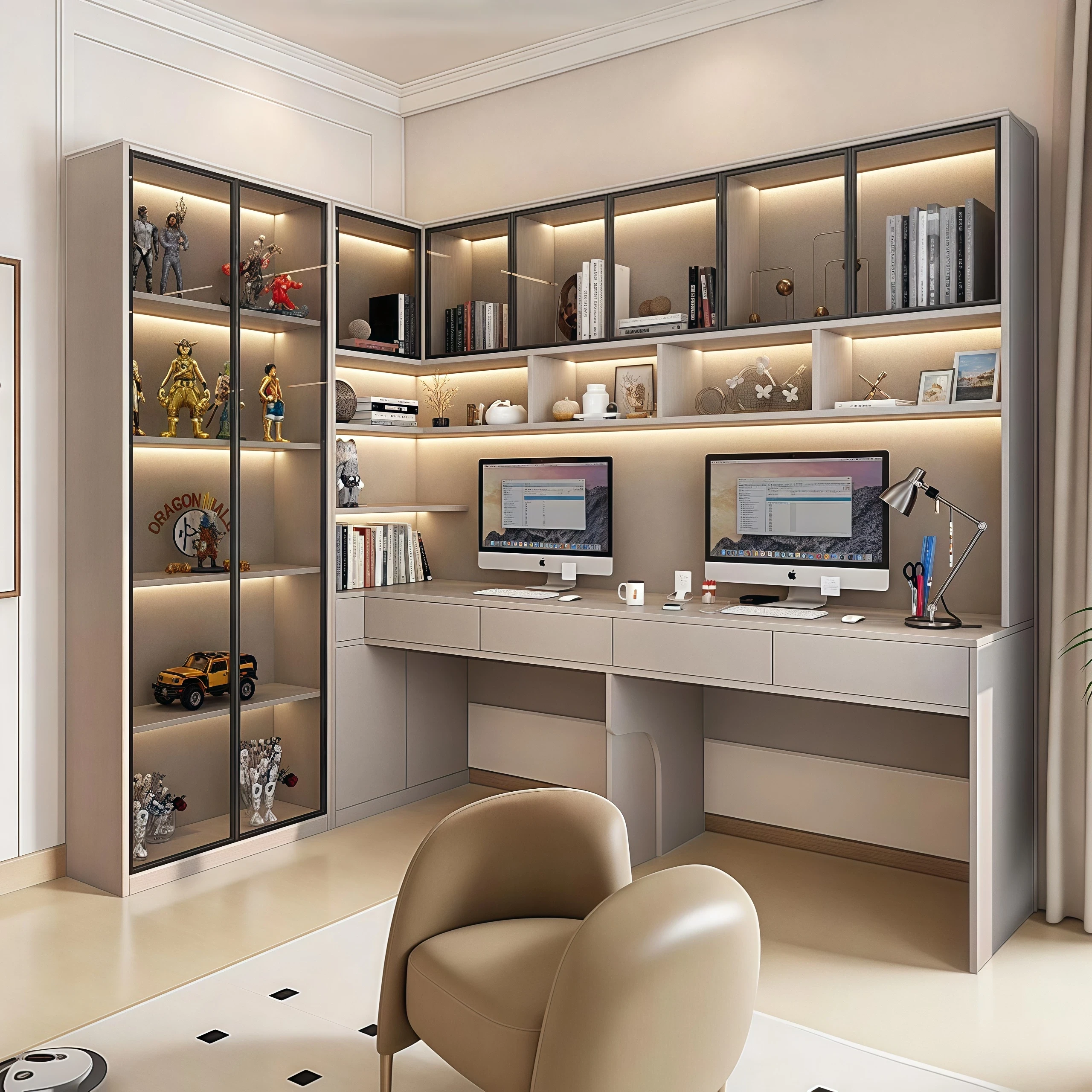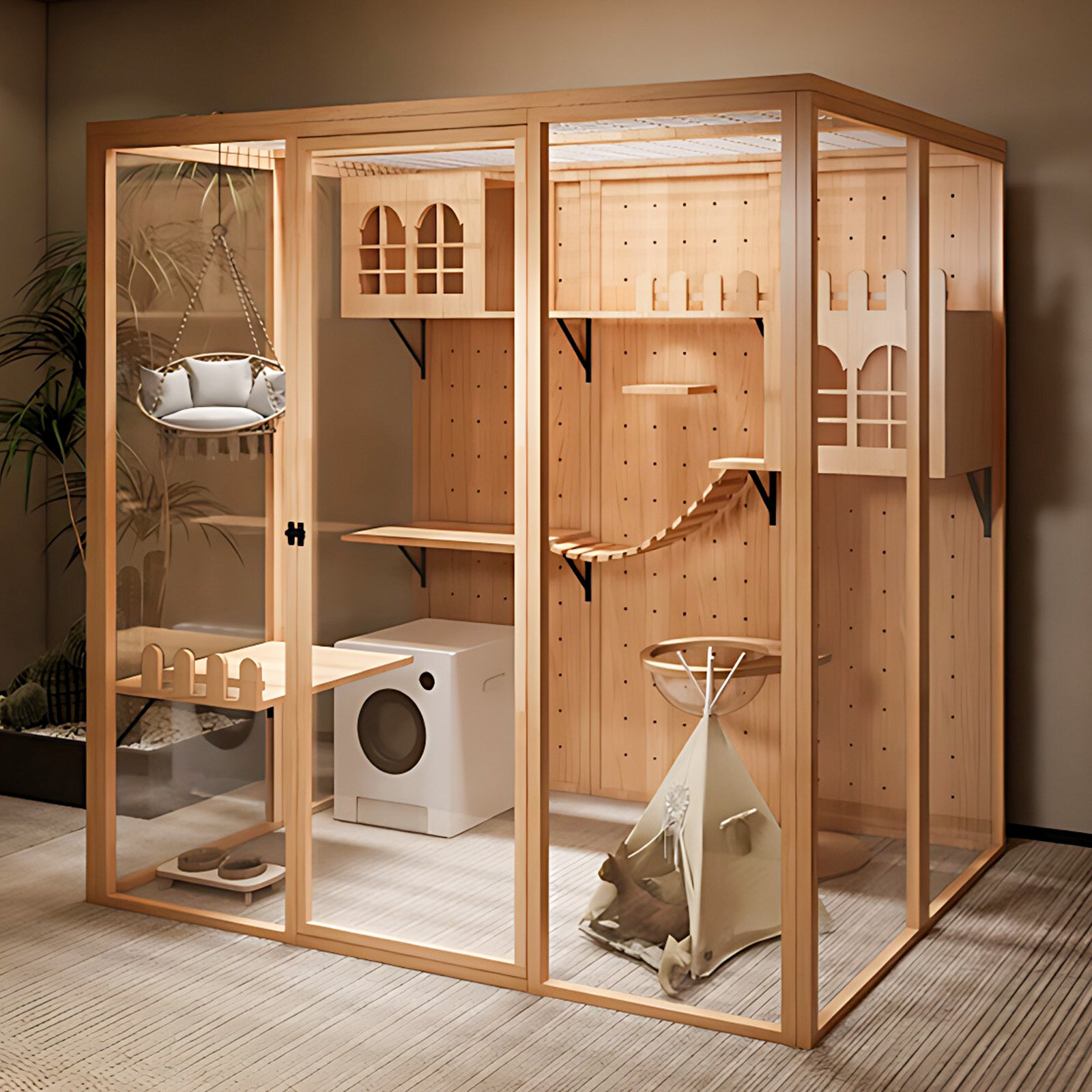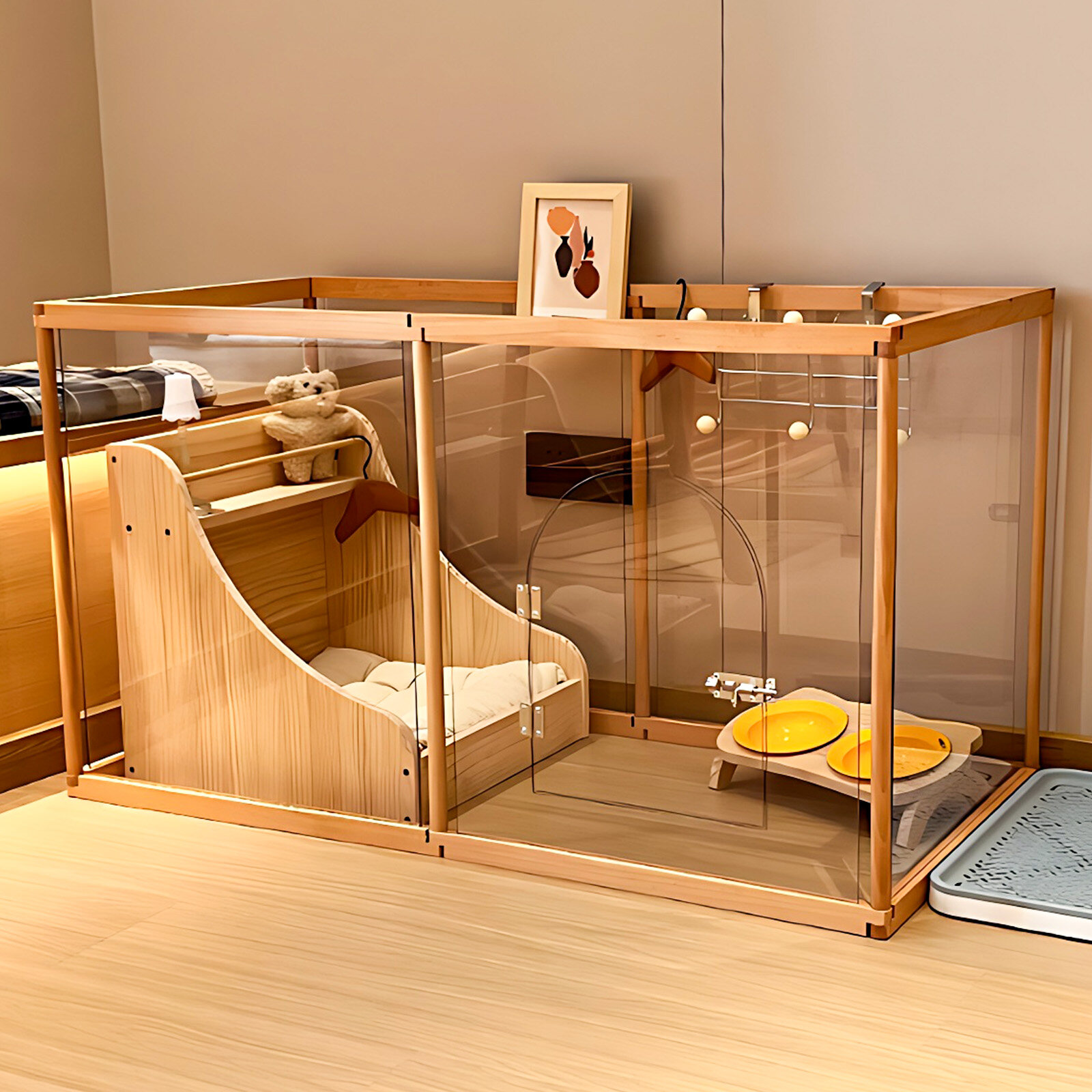In recent years, amidst the constant adjustments in domestic and international markets, the timber species used in China's timber market have undergone dramatic changes. This is particularly true following the 17th CITES Conference, which listed 18 rosewood species under Appendix II. The emergence of alternative rosewood species has significantly enriched and invigorated the Chinese timber market. Before 2016, kasla (Terminalia truncatula), native to Papua New Guinea, was an obscure and relatively unknown timber species. Industry insiders considered it merely a species similar to Burmese kasla, used for doors, moldings, and other applications, but its usage was relatively low. However, who could have imagined that it would now become one of the timber species with the greatest potential in the market, with both volume and price reaching record highs.
1. Understanding Terminalia Cassiae
Kasla
Scientific name: Terminalia truncatula
Latin name: Terminalia spp.
It is widely distributed in tropical Africa, America, Asia, Papua New Guinea and the South Pacific. Currently, the main production areas of Casla, which are popular in China, are Papua New Guinea and the Solomon Islands.
Kasra is a large tree, reaching up to 38 meters tall and 1.8 meters in diameter. This genus contains approximately 250 species. It is lustrous, with straight or slightly interlaced grain; medium texture; light and soft; low strength; and shrinks when dried. Planing and sawing are somewhat difficult, with a slightly rough cut surface. It performs well in sanding, painting, gluing, and nailing. Its air-dry density is 0.46 g/cm³.
Diffuse-porous wood. Pores are slightly conspicuous to the naked eye, few in number, and slightly larger; predominantly simple, with a few radially arranged multiples (2-3). Gum is present. Axial parenchyma is distinct under magnification, forming wing-like and annular bundles. Rays are distinct under magnification, slightly dense, and narrow. Tangentially arranged gum tracts may be observed in damaged wood.
2. Why is Casla so popular?
In recent years, timber-producing countries, primarily in Southeast Asia, have collectively implemented logging restrictions, leading to a continuous decline in exports of mid- to high-end timber. To address this shortfall, many domestic timber traders have turned their attention to other producing regions. Timber from regions like Papua New Guinea and the Solomon Islands, particularly, has gained favor with traders due to its superior quality and affordable prices.
Casla is a standout among them. According to Timber Kingdom reporters, the Papua New Guinea timber market has been very active since 2017. Among these, Casla, the star timber species in Papua New Guinea, has seen an especially hot market and rising prices.
Market insiders indicate that demand for Casla rose by over 30% in 2017 compared to 2016. While demand declined slightly in the first half of 2018 due to pressure from short sellers, the market remains much more robust than during the same period in 2016. This robust market activity has also led to a rise in Casla prices.
According to monitoring data from Timber Kingdom, the price of Cassia generally remained at 3,000-3,200 yuan per cubic meter in the second half of 2016, and began to gradually rise in 2017, even reaching 3,900-4,000 yuan per cubic meter at its peak.
3. Why is Terminalia Cassiae so popular?
Industry analysts believe that Africa Kasla has become a market leader mainly due to:
1. Myanmar Kasla is in short supply, giving Papua New Guinea Kasla an opportunity to gain market share. Opportunities always favor those who are prepared. According to business operators, in the past few years, Myanmar Kasla and Papua New Guinea Kasla were the main domestic brands. Because Myanmar Kasla's overall quality is superior to Papua New Guinea's, Myanmar Kasla has consistently held a dominant position in the domestic market.
However, Myanmar's forest resources have been drastically reduced over the past two years, and with the rising cost of timber harvesting, traders have been abandoning less profitable timber species like Myanmar Kasla, leading to a rapid decline in imports. In this context, Papua New Guinea Kasla, already well-established in the market, has taken advantage of this opportunity, capturing the vast majority of Myanmar Kasla's market share and rapidly expanding its market potential.
2. The high cost-performance ratio gives PNG Casla a strong competitive advantage in the market. Market vendors indicate that the current price of Casla is in the relatively low range of 3,500-4,000 yuan per cubic meter. However, Casla has advantages such as resistance to deformation, good stability, good wood processing properties, and clear texture. Products made from this material have a higher value than those made from other materials of the same price.
The high cost-effectiveness makes it attractive in the market. Especially in the wooden door market, Casila has become another important material after Sapele.
3. The color of Kasra is in line with the current popular decoration style. According to the reporter of Wood Kingdom, Kasra's overall color is dark, which is more suitable for making dark-colored furniture and decoration.
In the past two years, dark, minimalist furniture has been highly sought after by downstream consumers in the domestic furniture market. However, dark woods like zebrawood and black walnut are generally more expensive and their supply is unstable, making furniture made from them quite expensive. Given this situation, Casla, with its affordable price and stable supply, has naturally become more popular in the downstream market. Some merchants say that furniture and doors made from Casla offer a visually beautiful, elegant, calm, and sophisticated feel.
4. What is the future of Terminalia Cassiae?
As a wood species with high market recognition and widespread usage, the future market trends of Kasla remain promising. Market insiders point out that after the baptism of recent years, the furniture industry has entered a period of rational development. Downstream consumers are no longer blindly pursuing high-end rosewood furniture, but are more interested in practical solid wood furniture, and consumption is gradually becoming more rational.
Furthermore, considering the current market situation, although Papua New Guinea has begun to consciously restrict timber exports, Kakasla's supply remains substantial, offering a clear competitive advantage. In this context, Kakasla, with its high cost-effectiveness, is sure to secure a niche in the fiercely competitive market, and we believe the Kakasla market will continue to grow.

 USD
USD
 GBP
GBP
 EUR
EUR



